In an era marked by polarization, sports emerge as a universal language that transcends borders, cultures, and ideologies. From ancient Olympic truces to modern global tournaments, athletics have consistently demonstrated their power to unite divided communities. This article explores how sports act as a catalyst for reconciliation, fostering understanding and solidarity across diverse societies.
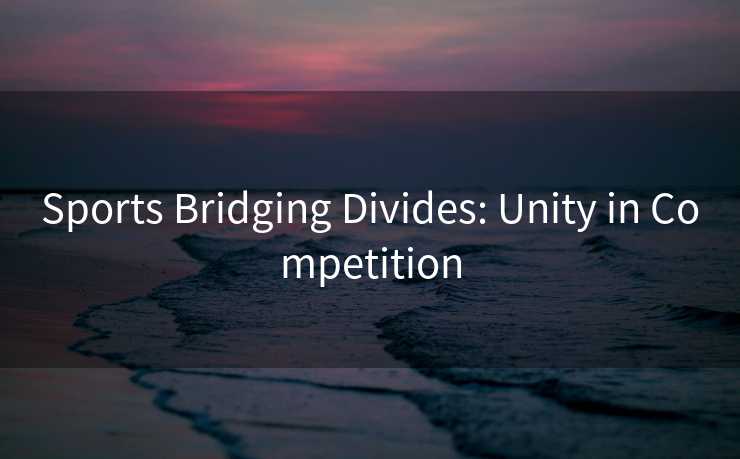
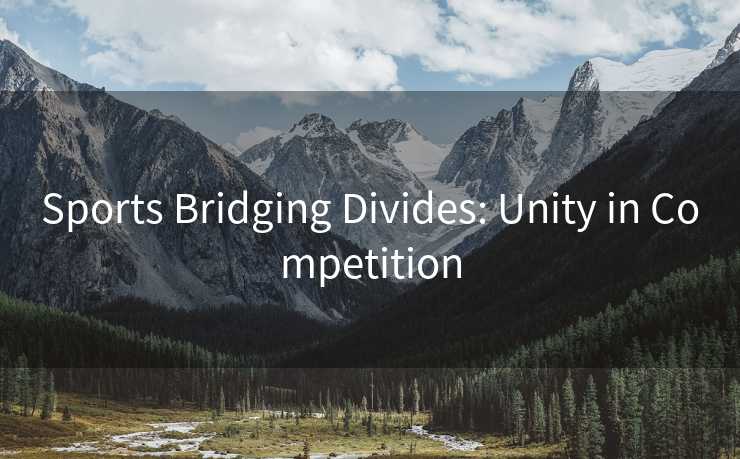
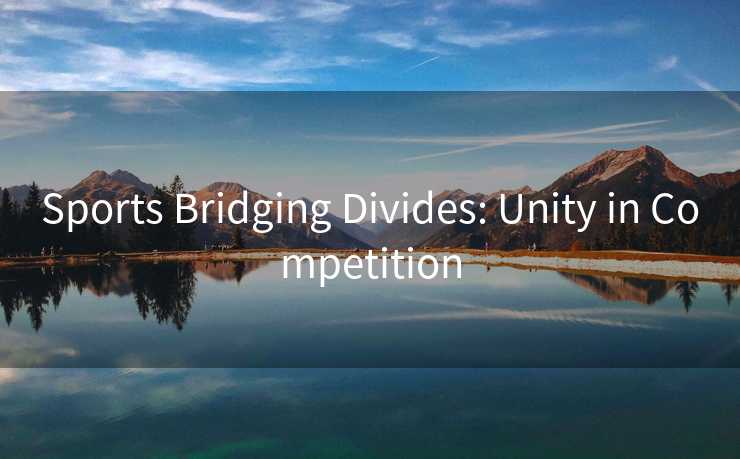
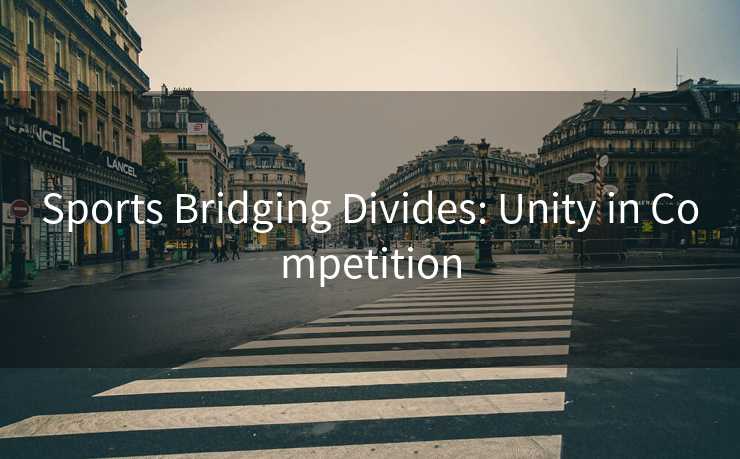
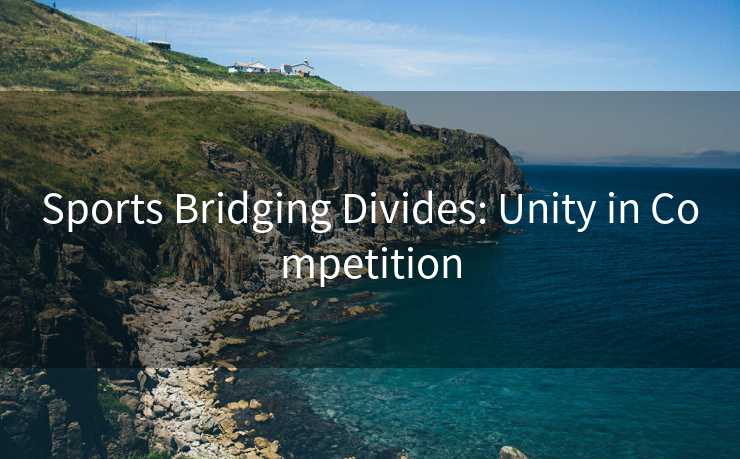
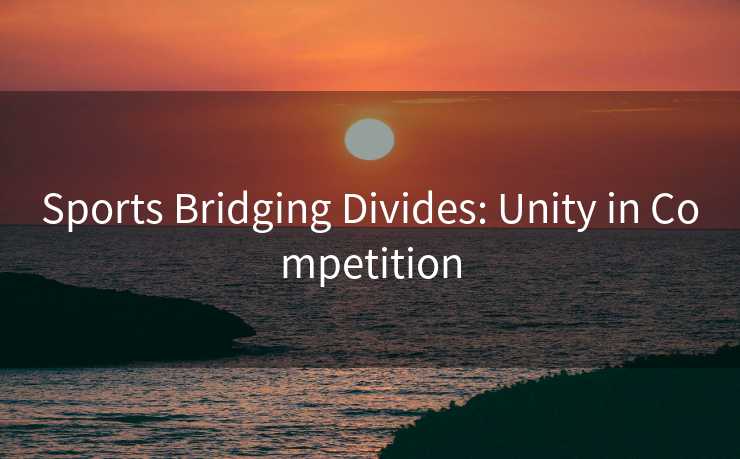
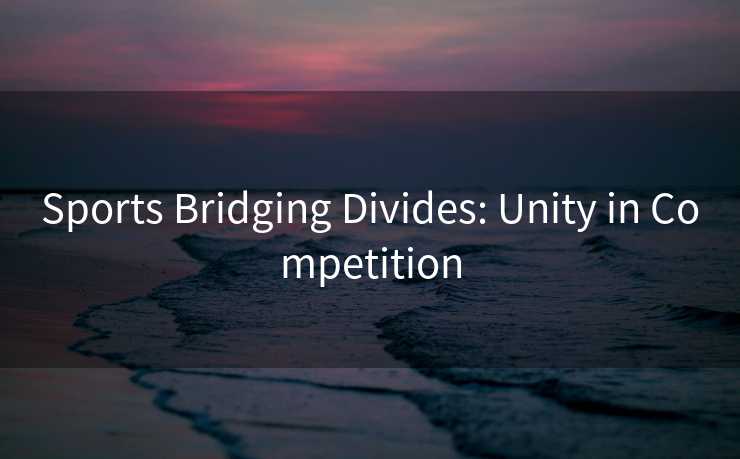
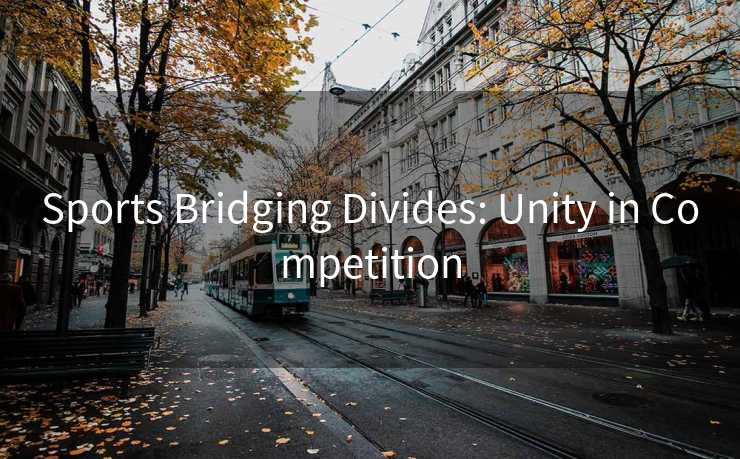
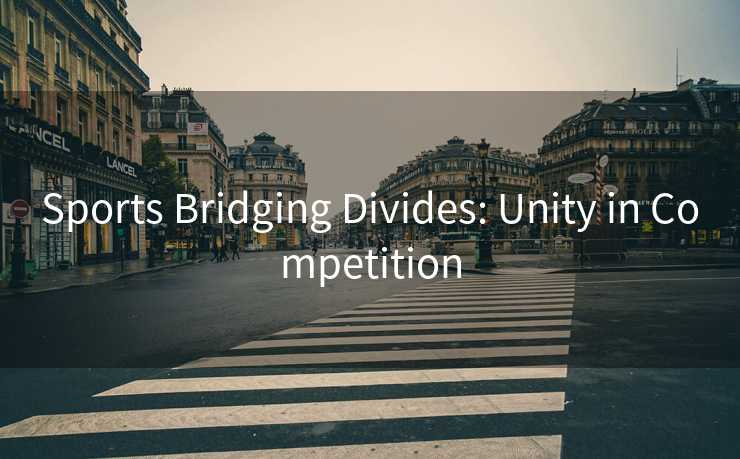
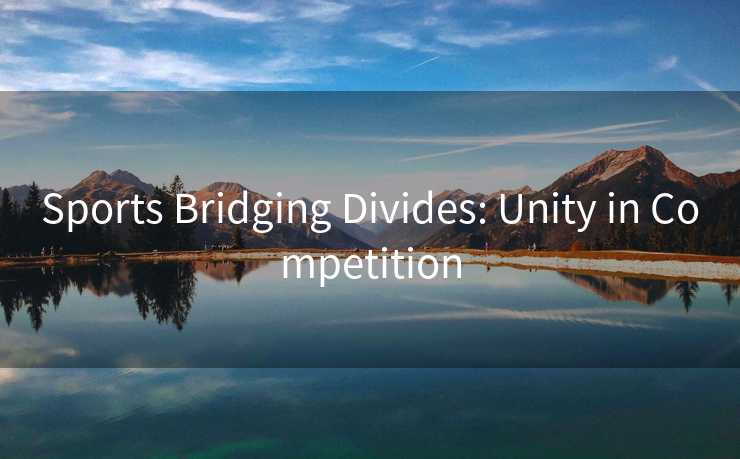
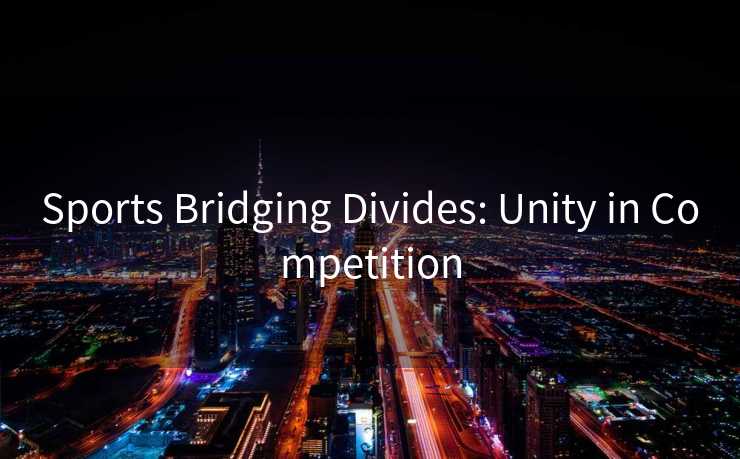
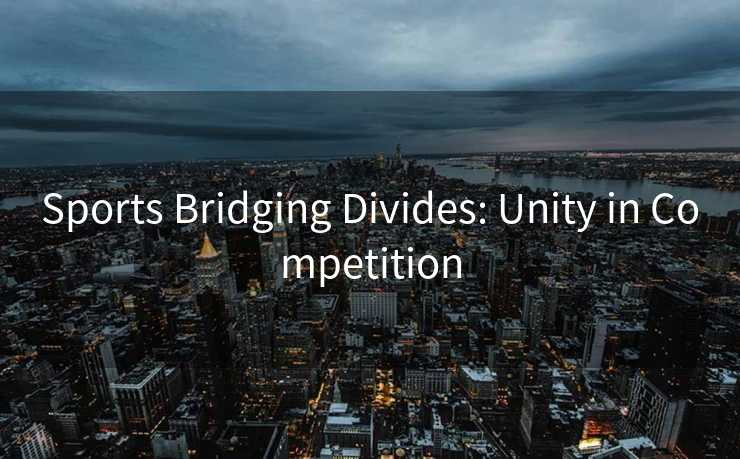
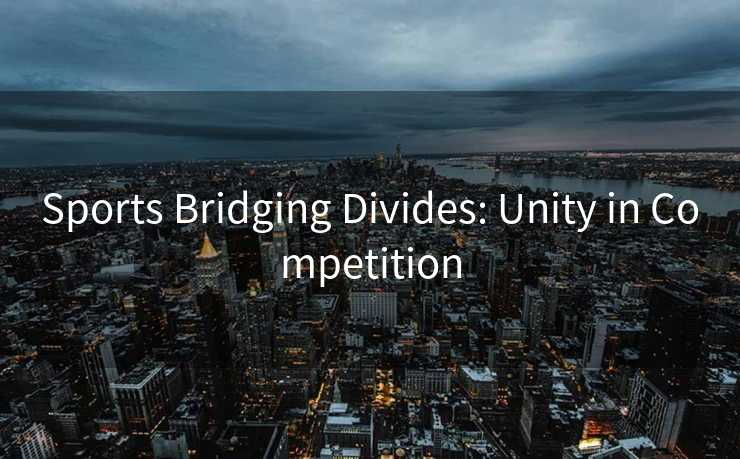
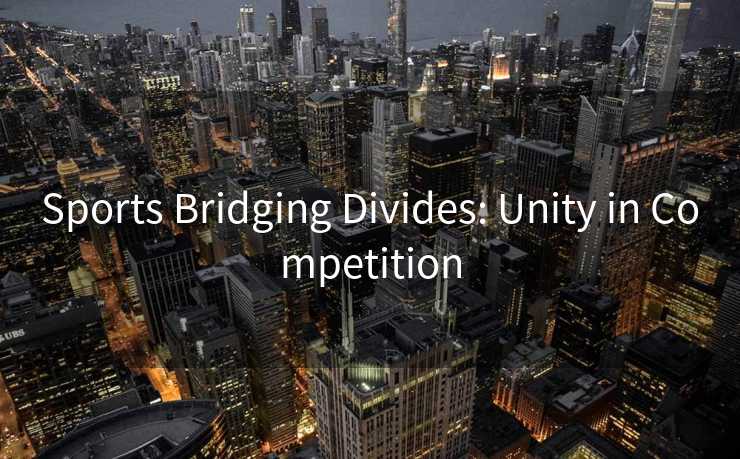

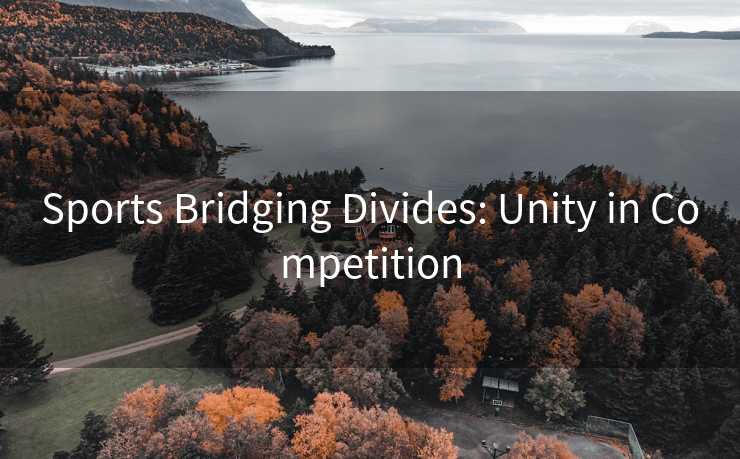
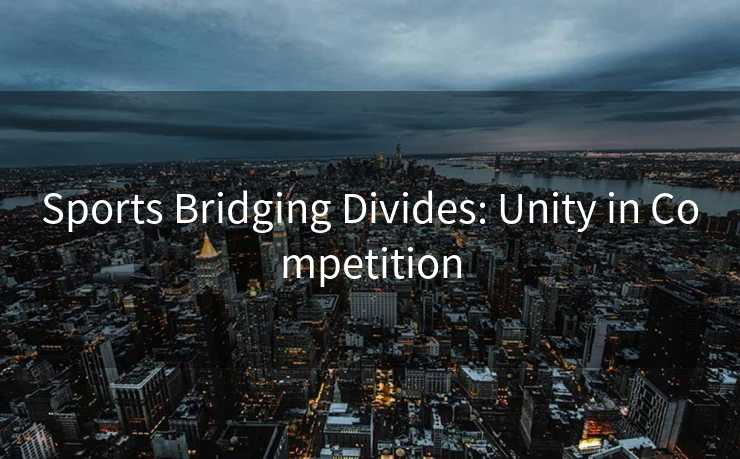
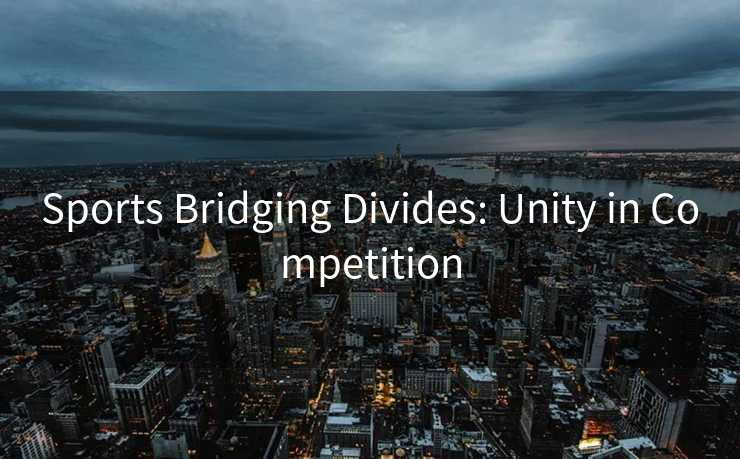
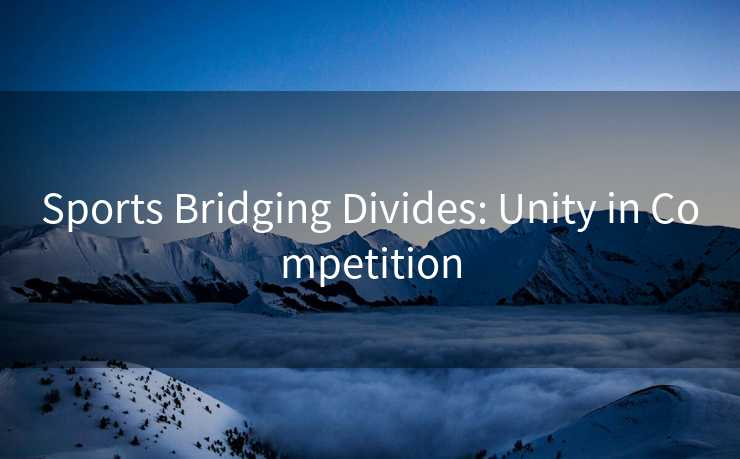
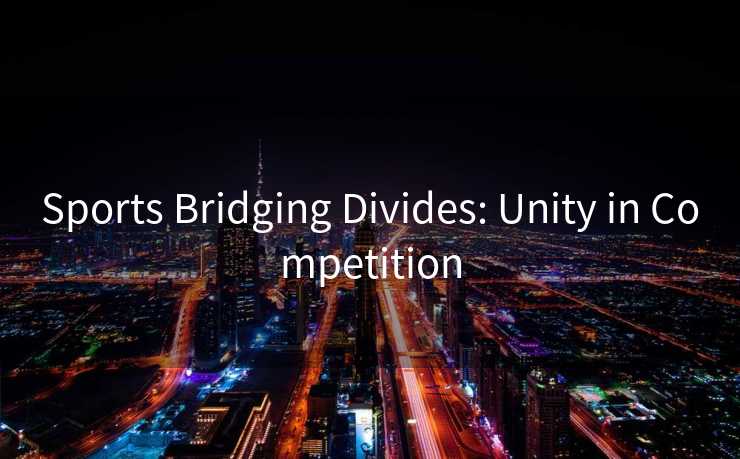
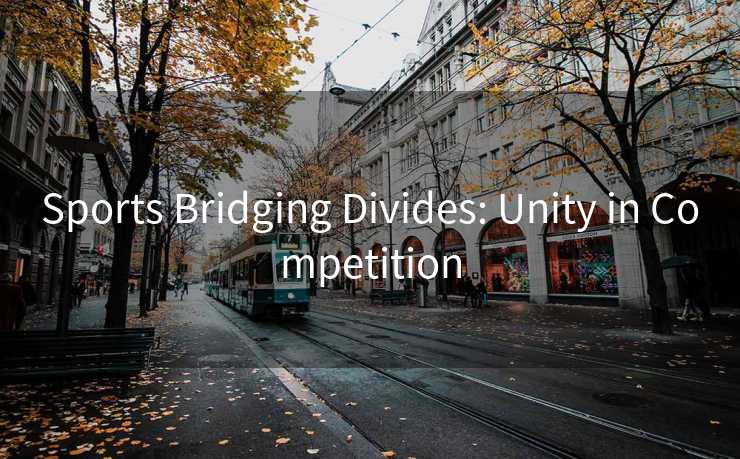
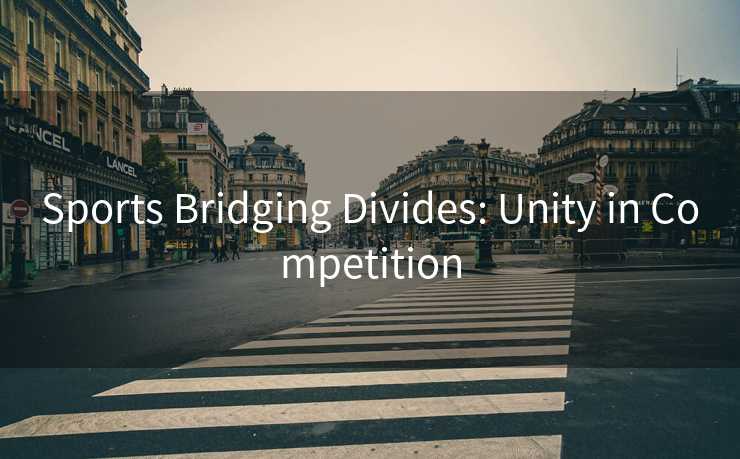

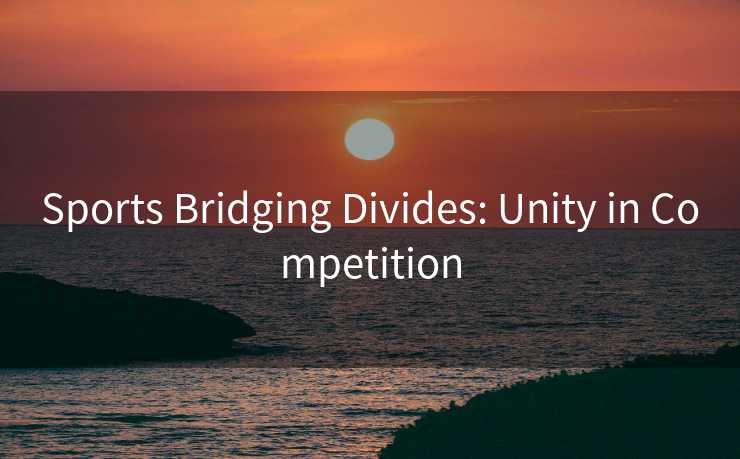
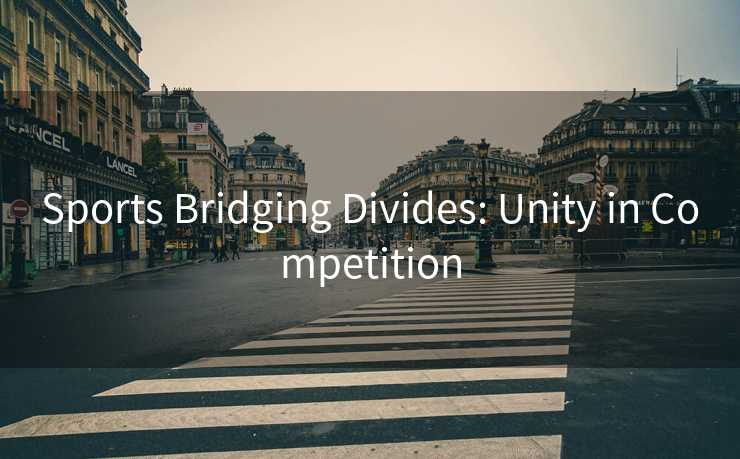
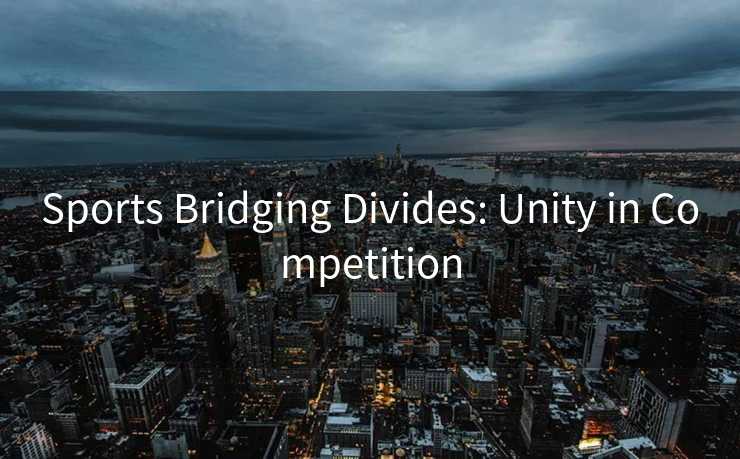
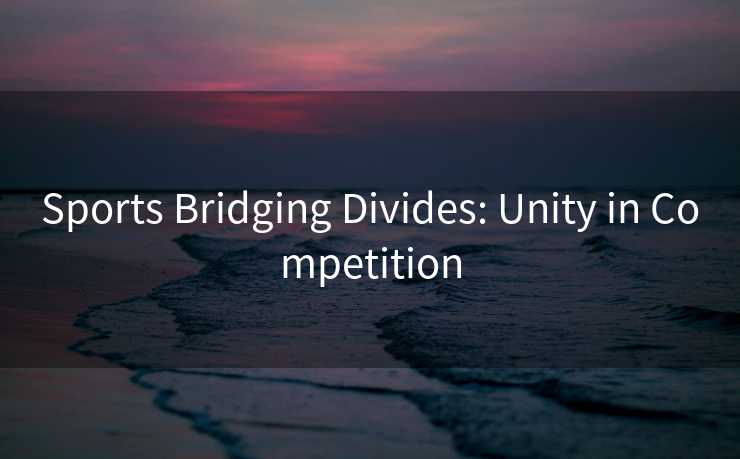
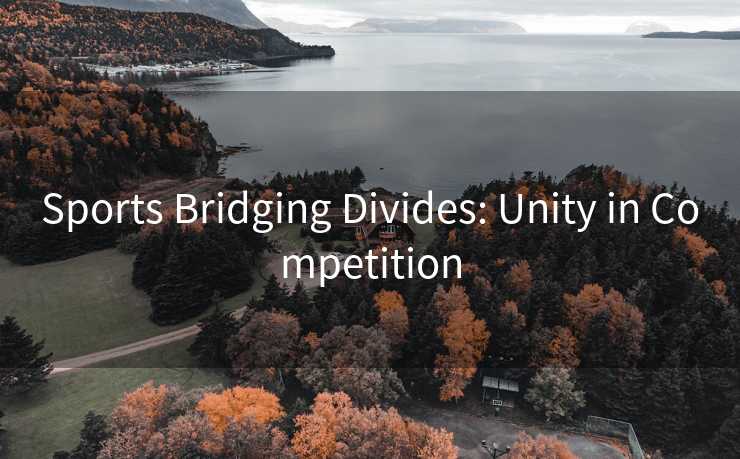
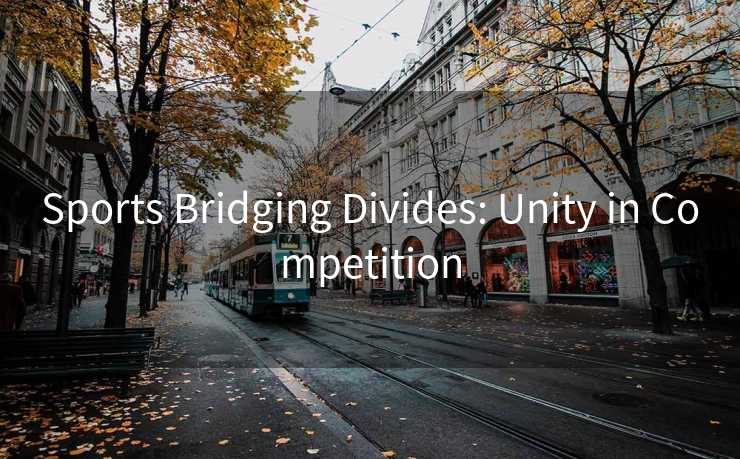
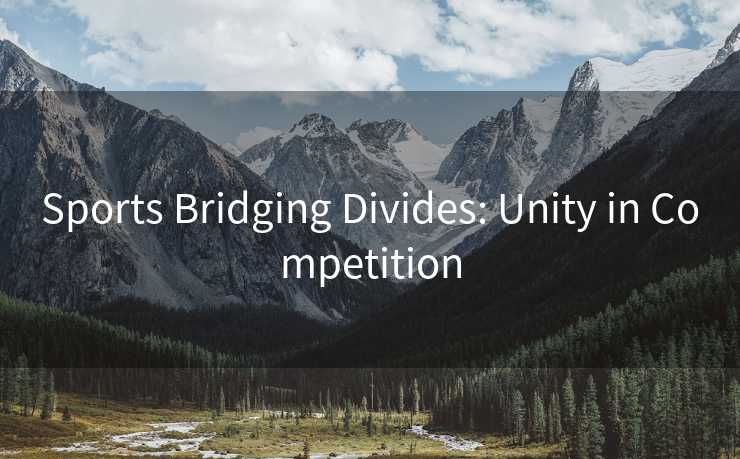
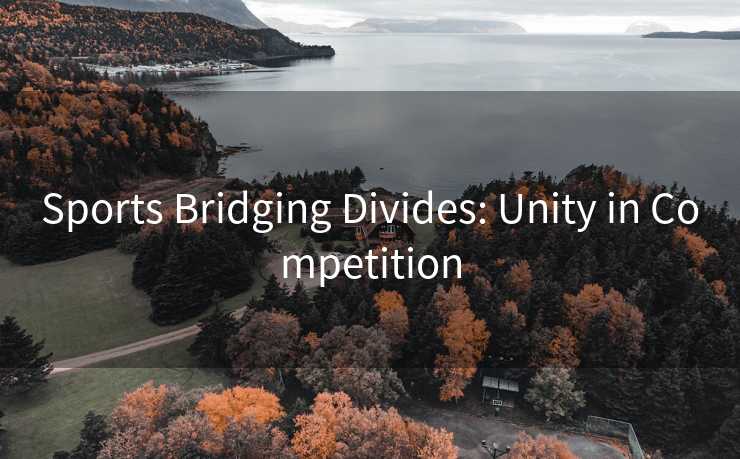
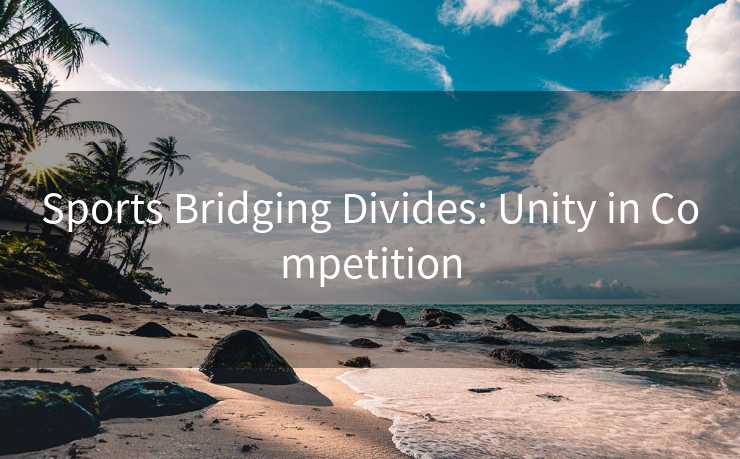
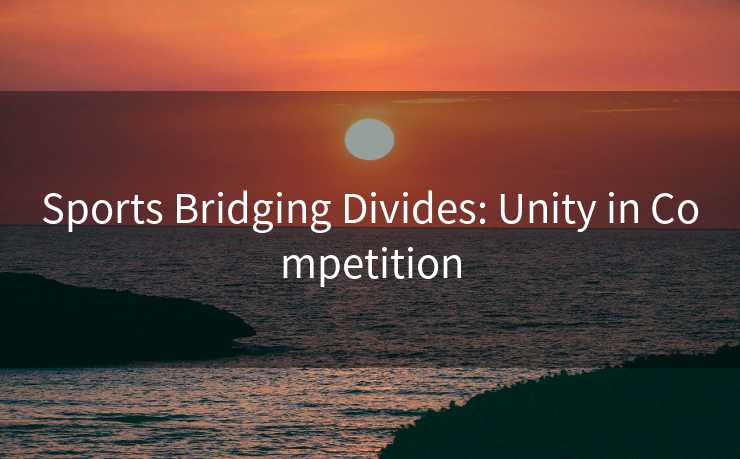
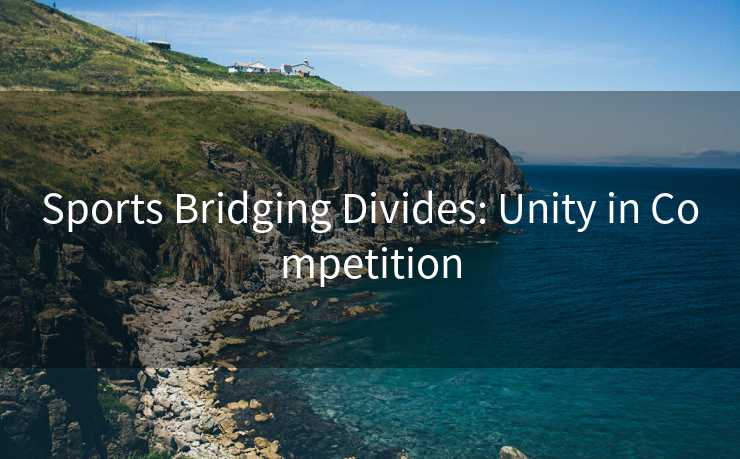
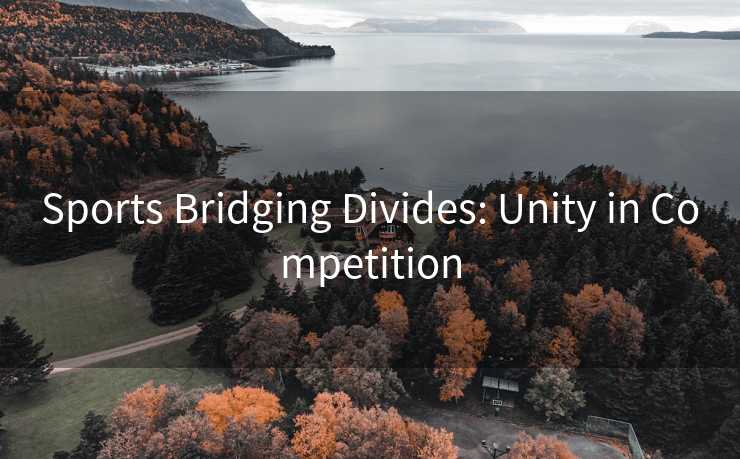
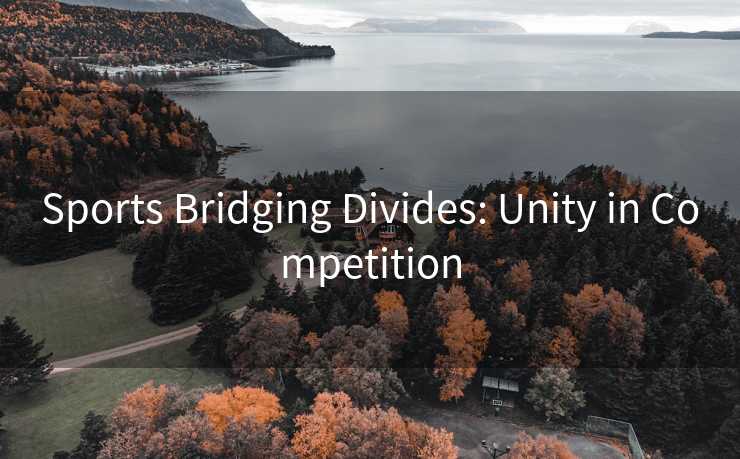
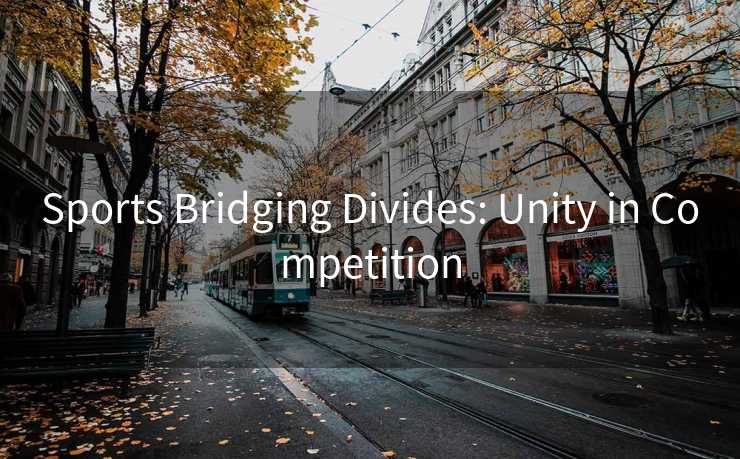
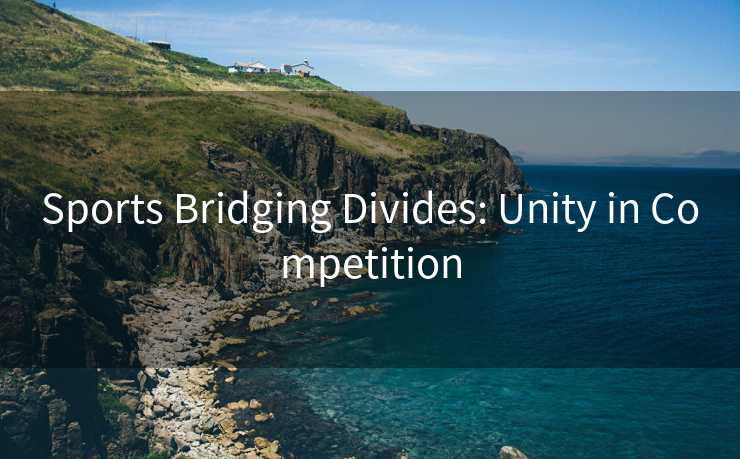

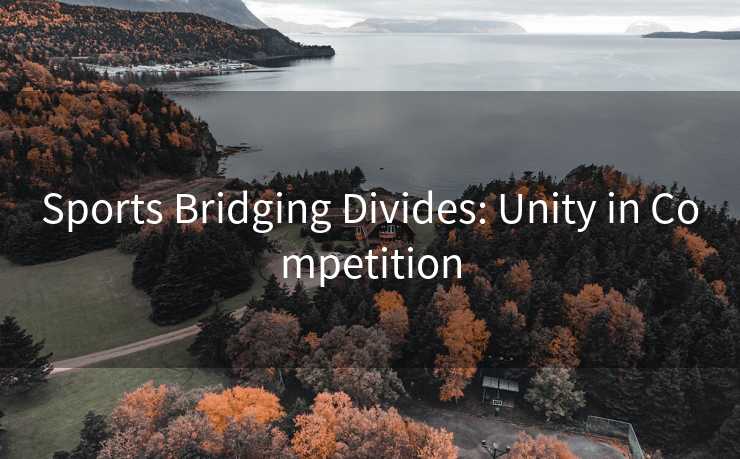
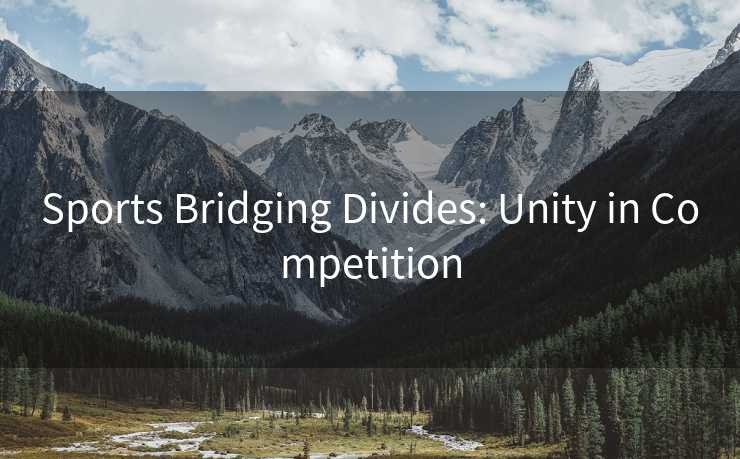
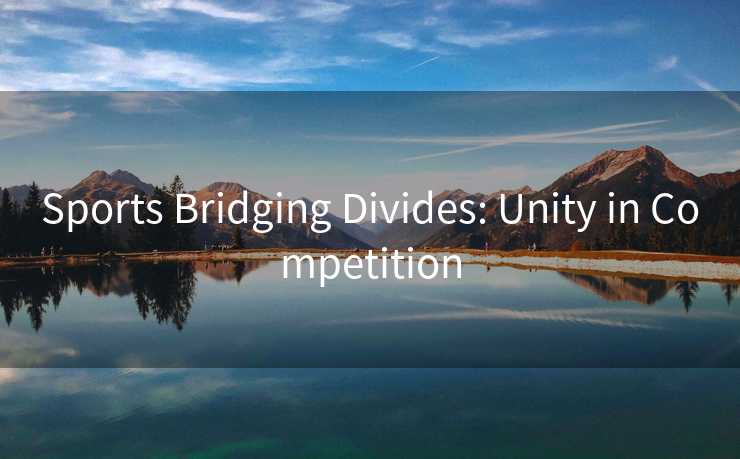
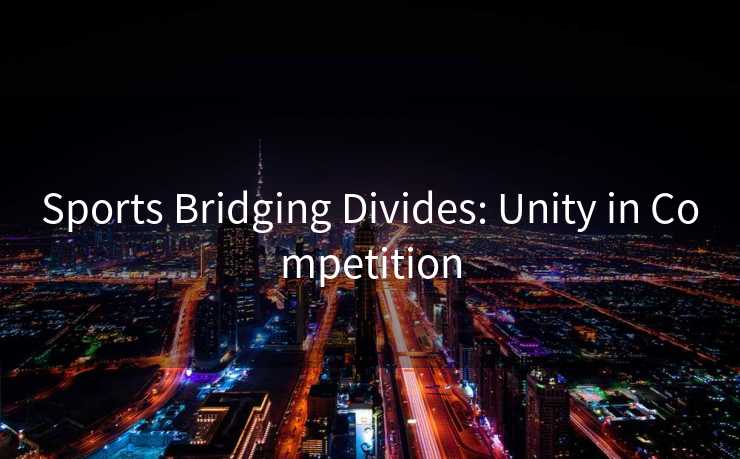


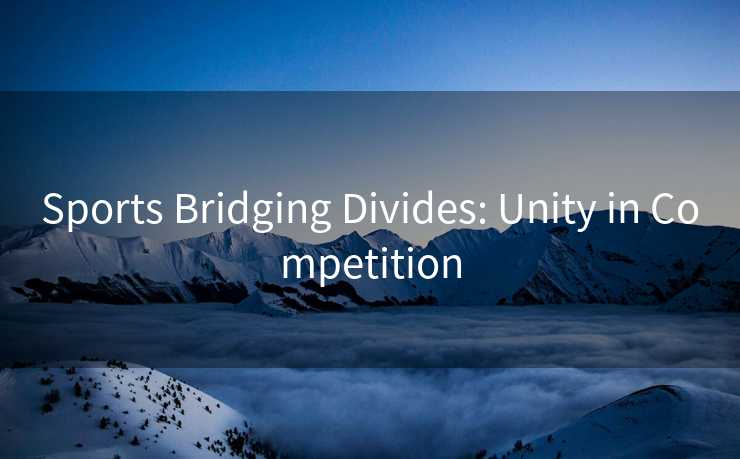
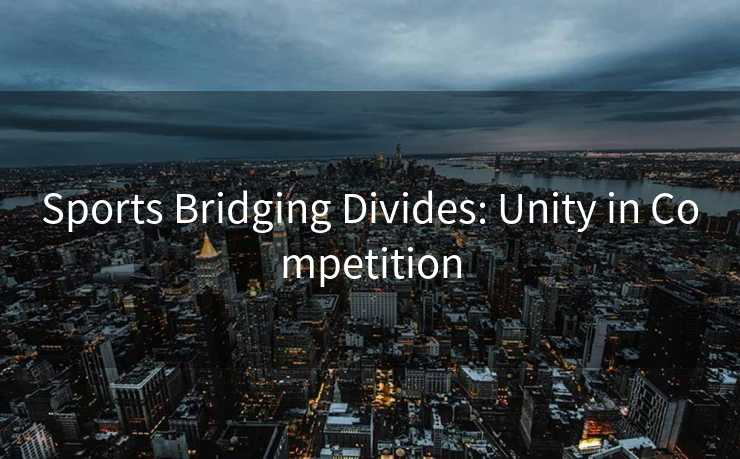
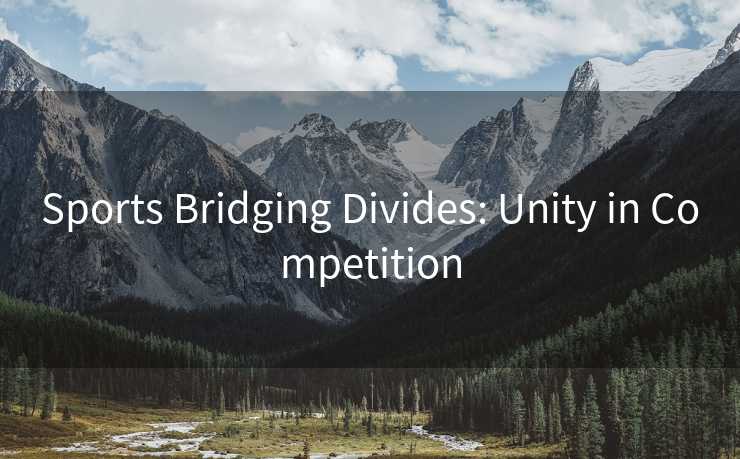
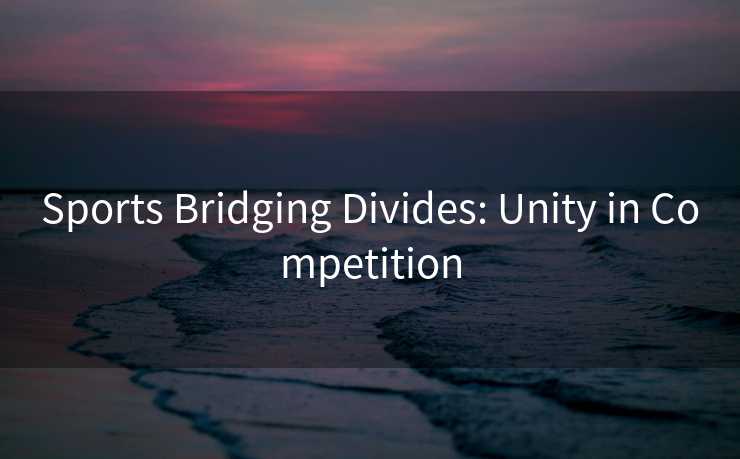
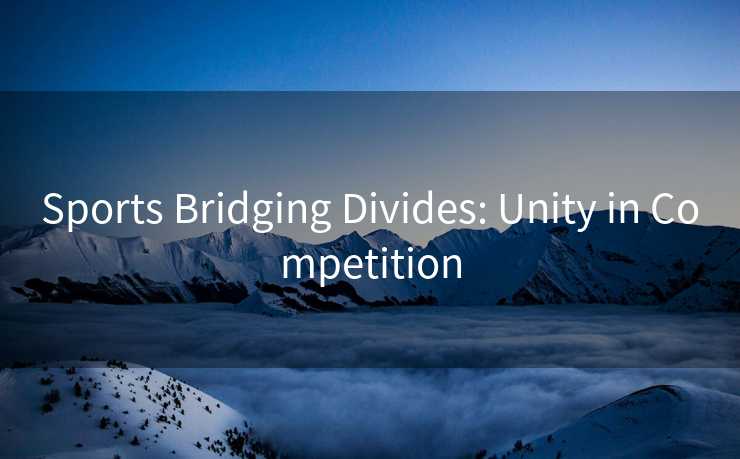
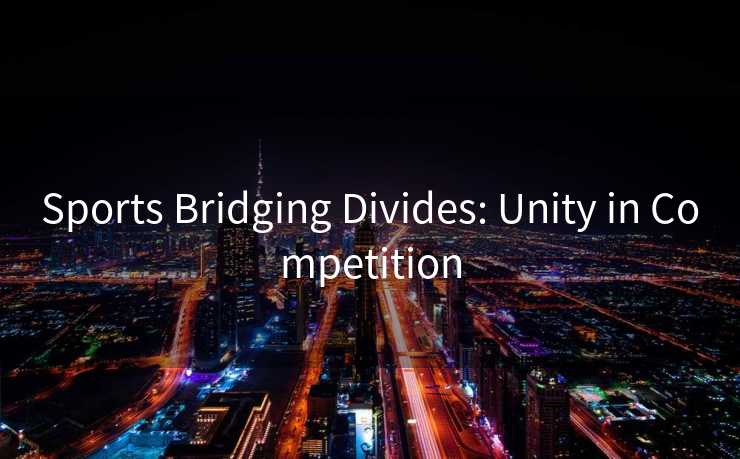
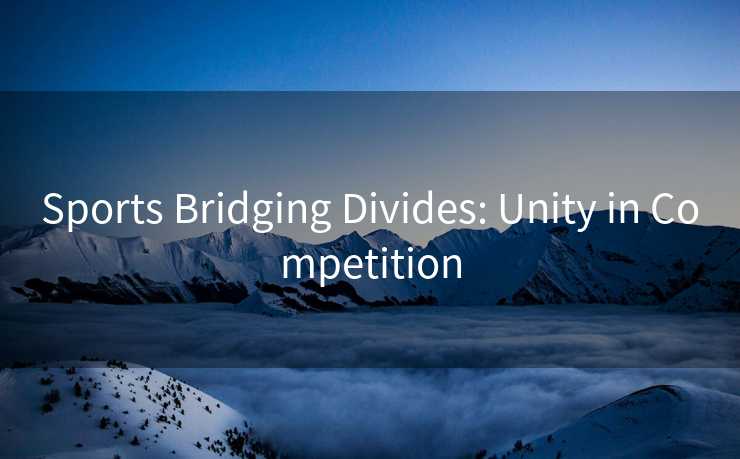
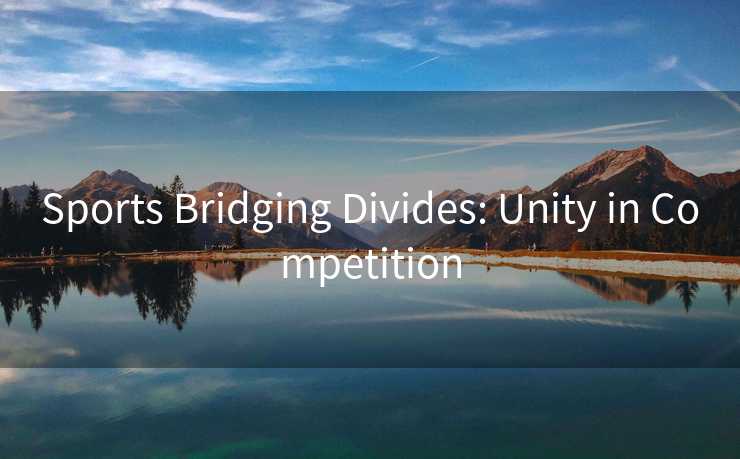
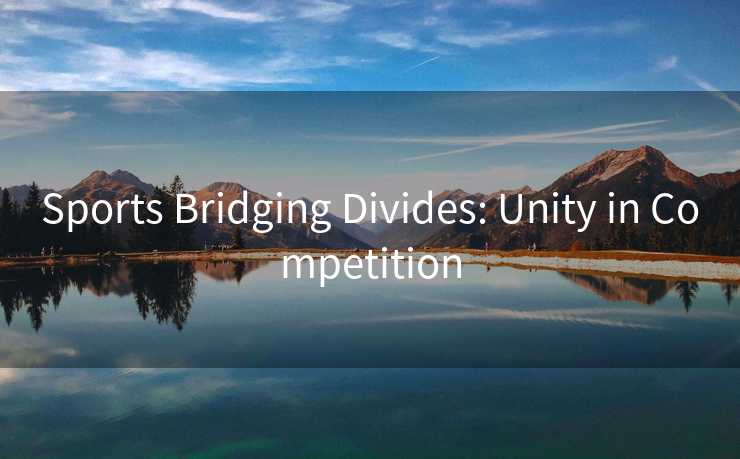
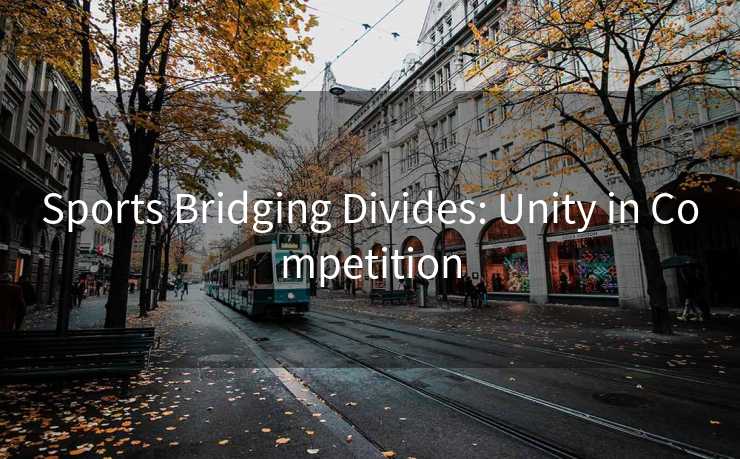
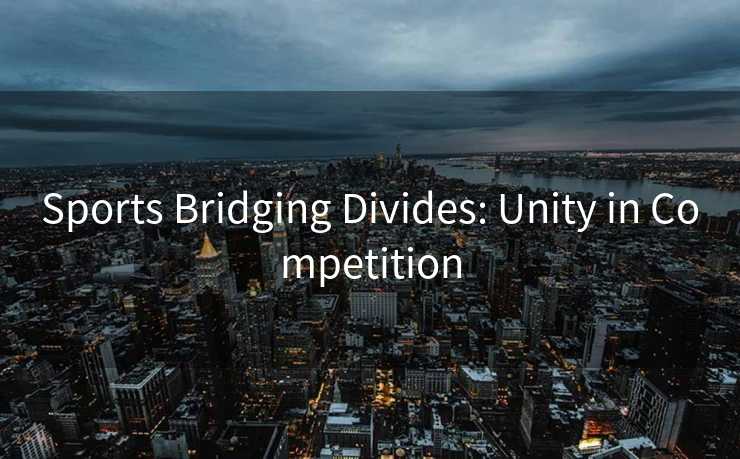

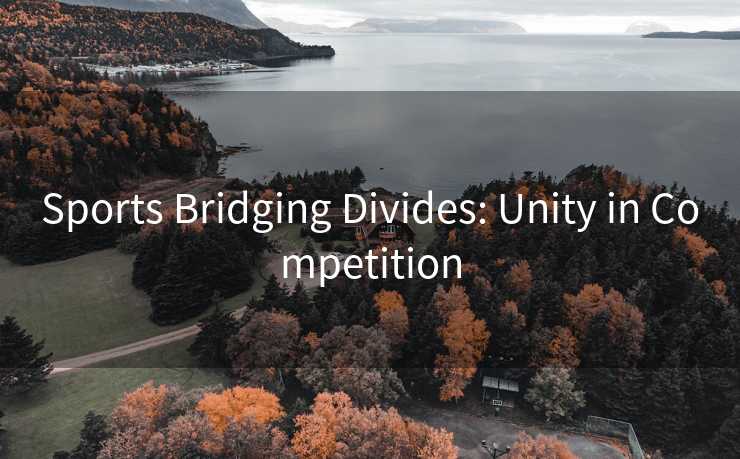
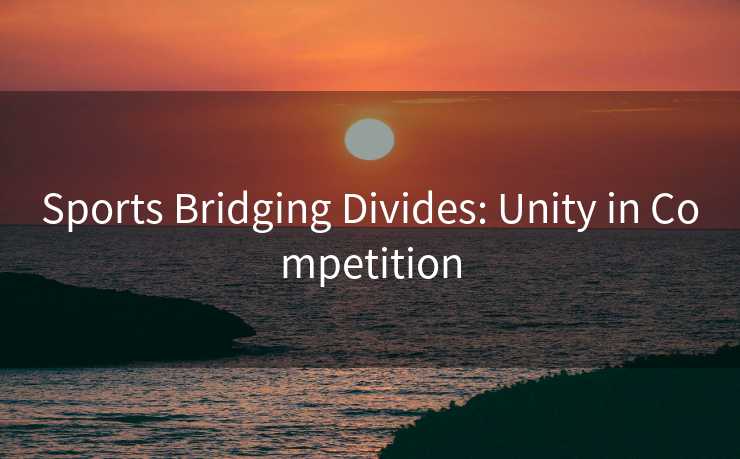
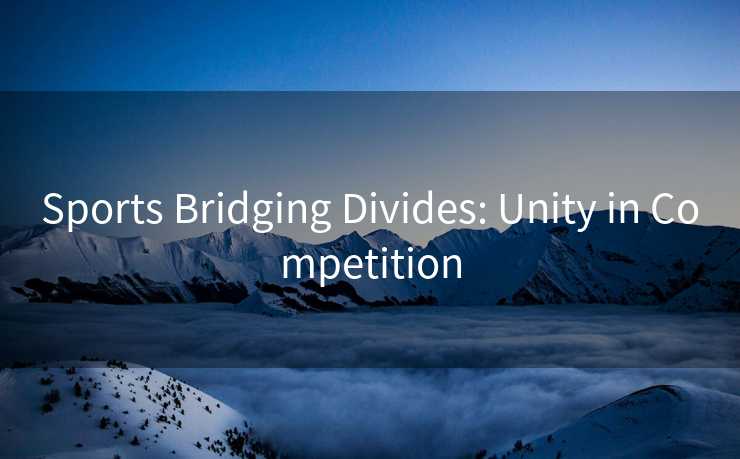
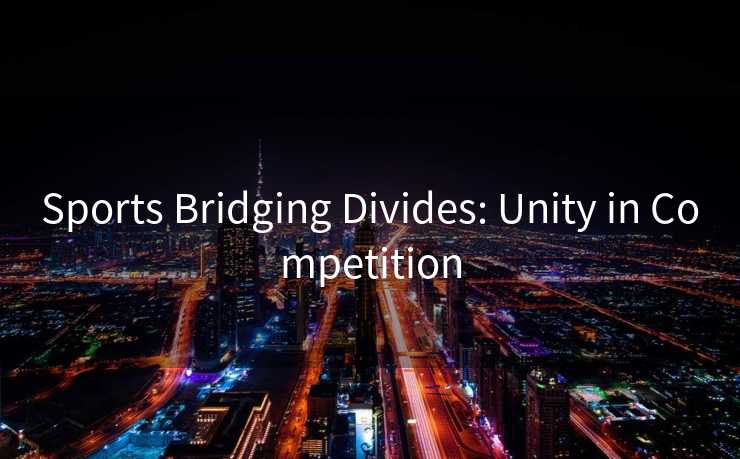
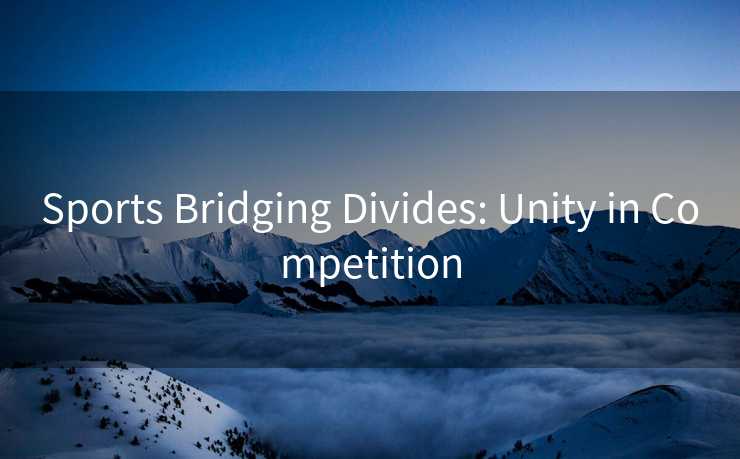

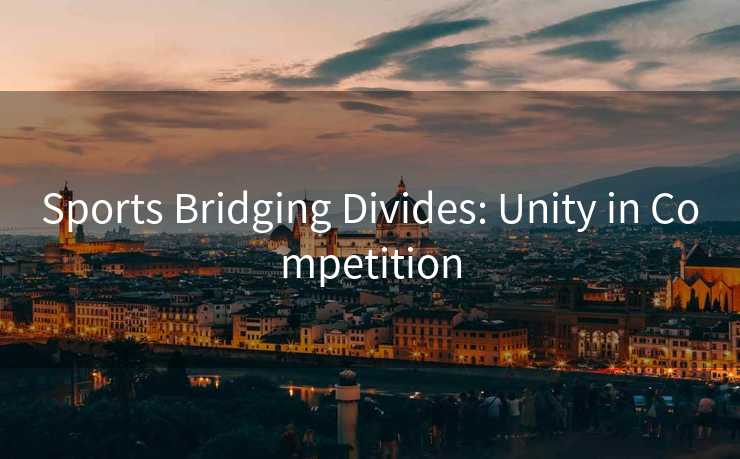
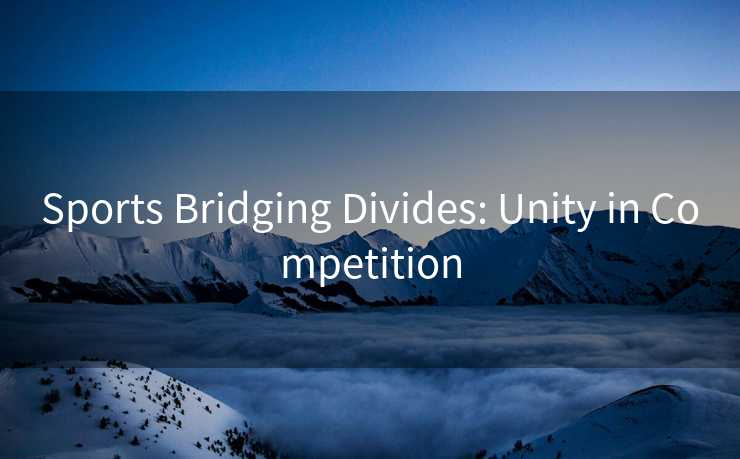
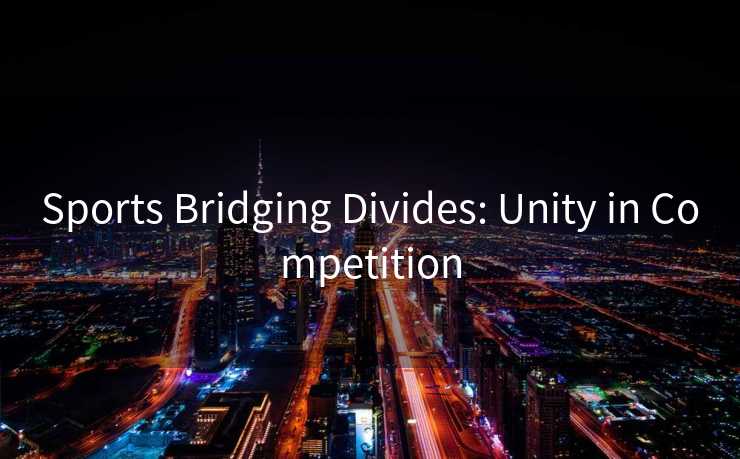
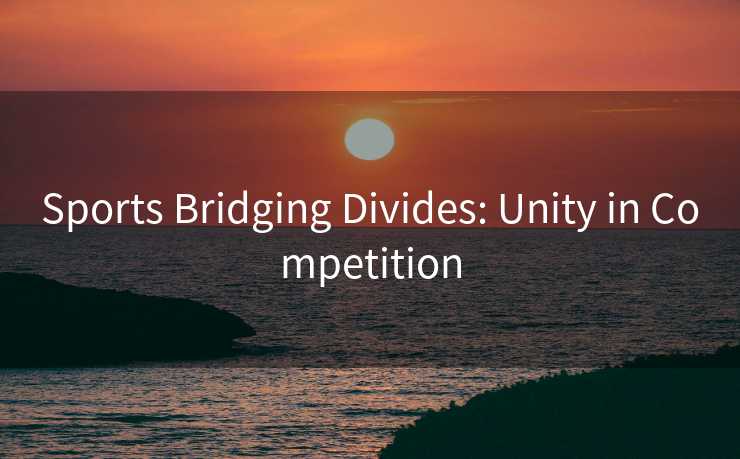
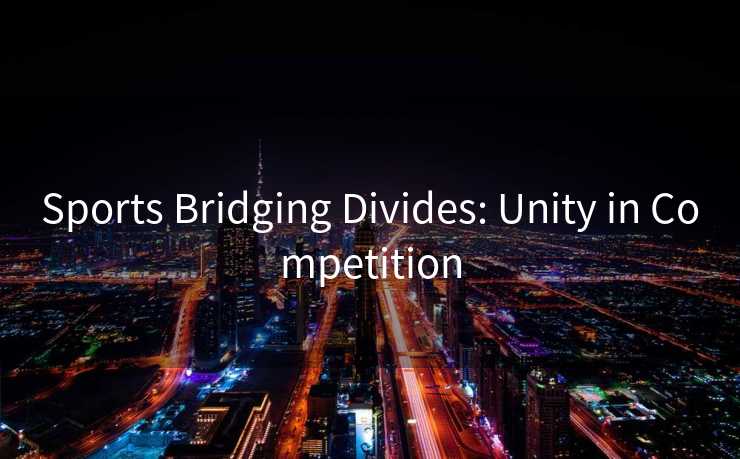
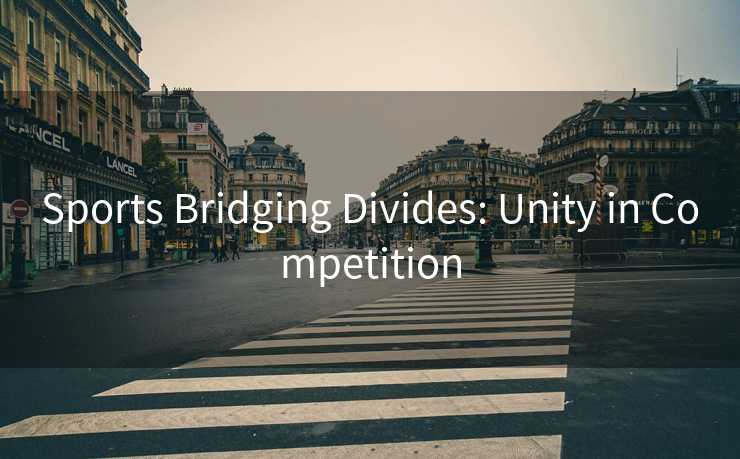
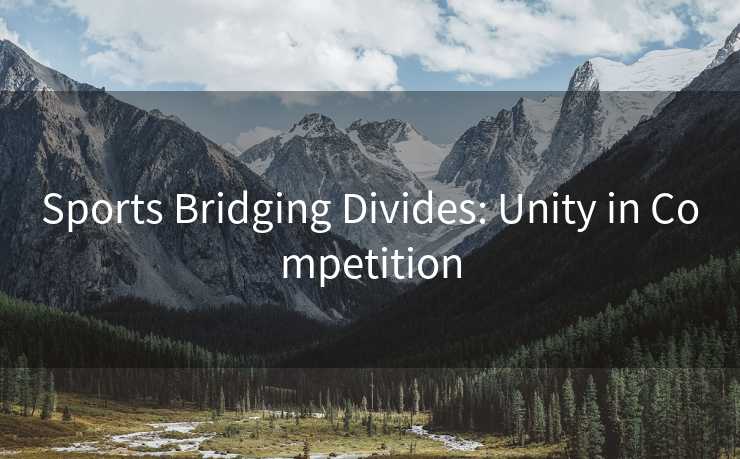
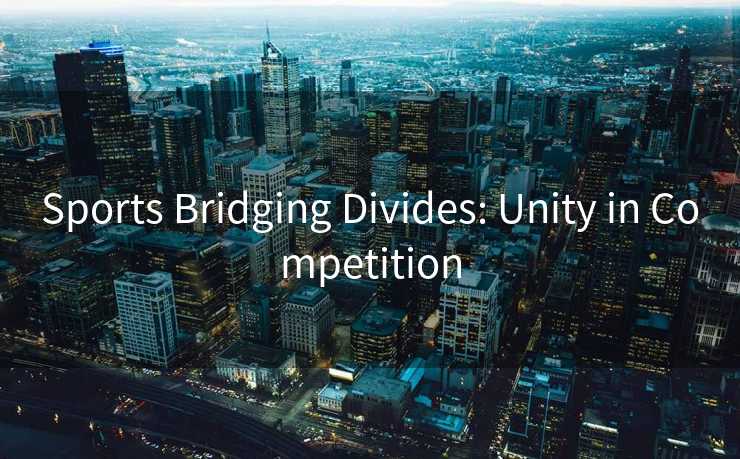
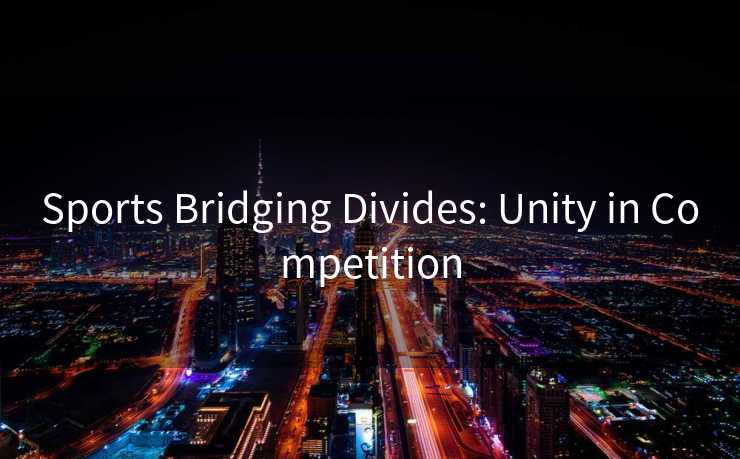
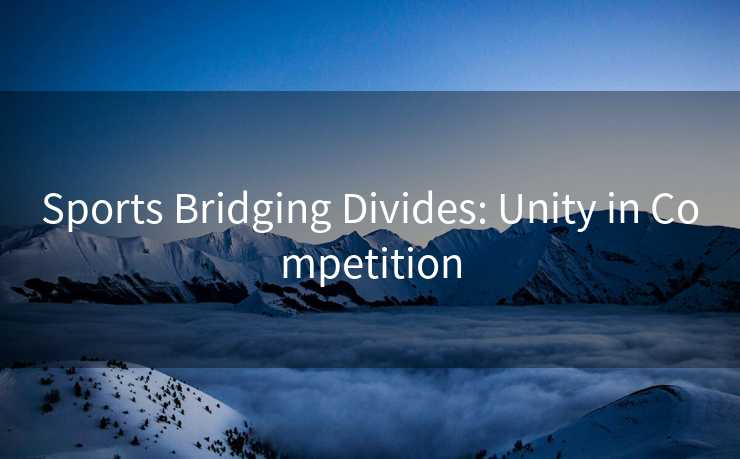
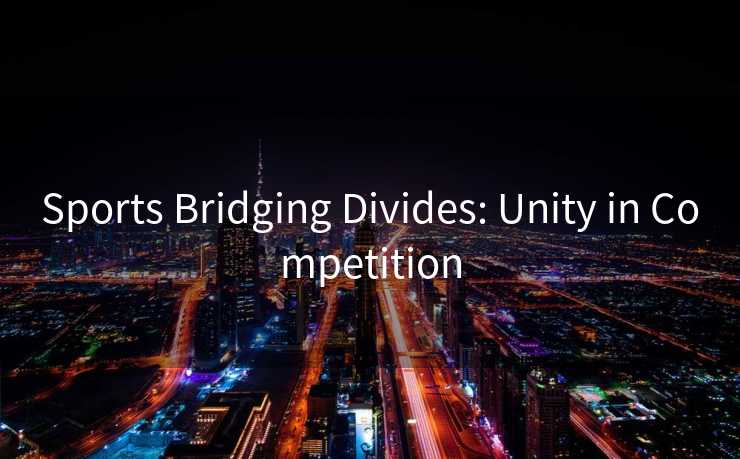
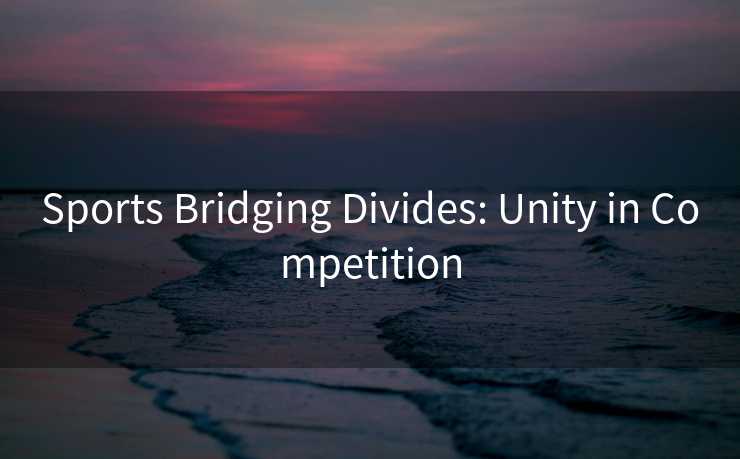
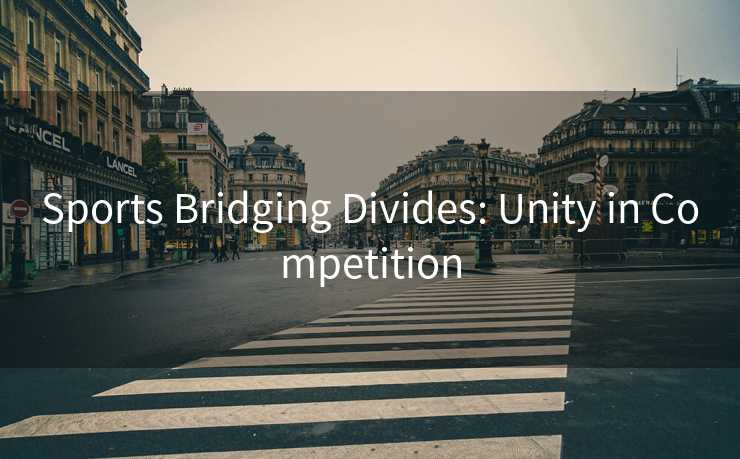
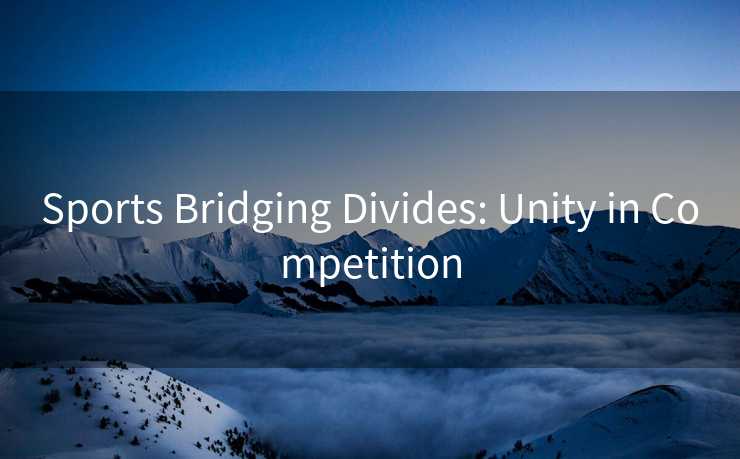
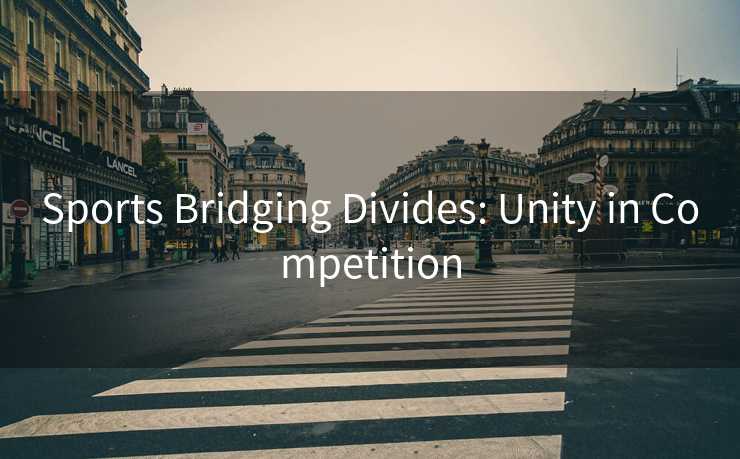
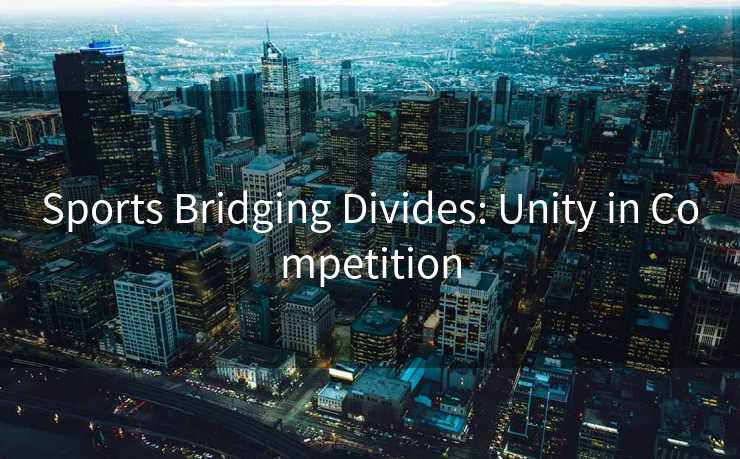
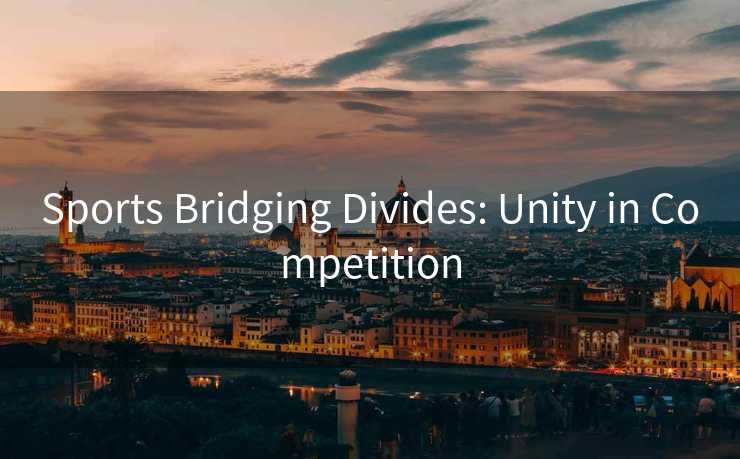
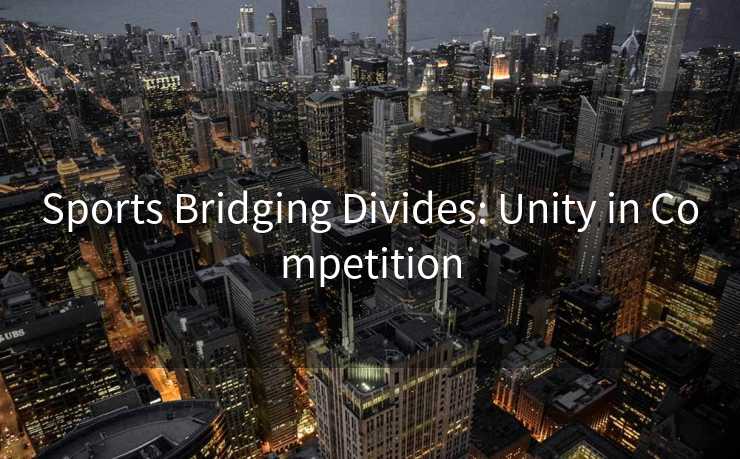
H1: Sports as a Universal Bridge: How Athletics Unite Diverse Communities
Sports possess a unique ability to break down barriers because they focus on shared goals rather than differences. Whether on a local field or an international stage, competition fosters camaraderie, respect, and mutual appreciation. This section delves into historical roots, contemporary examples, and social impacts that highlight sports’ role in bridging divides.
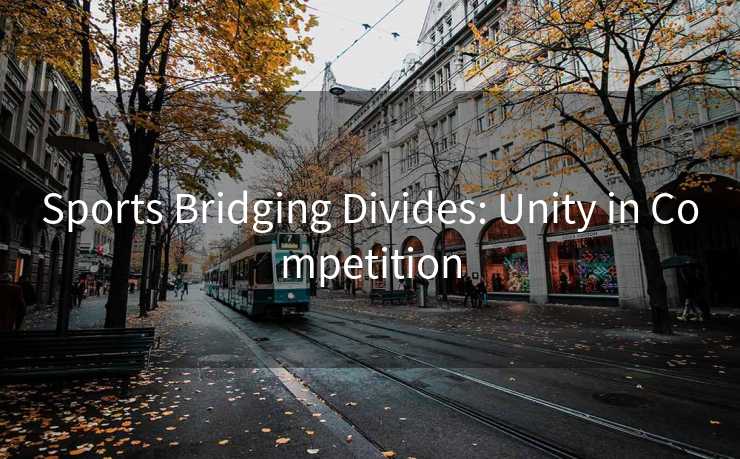
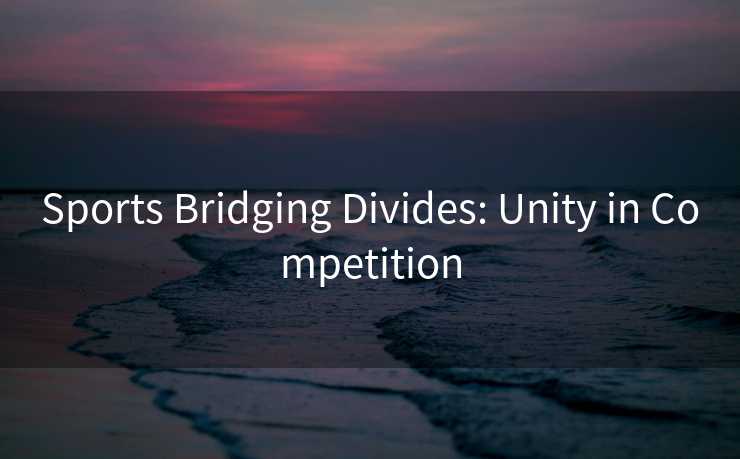
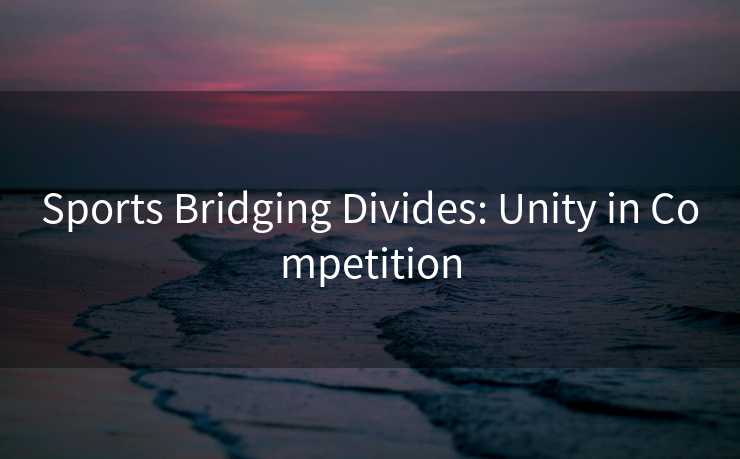
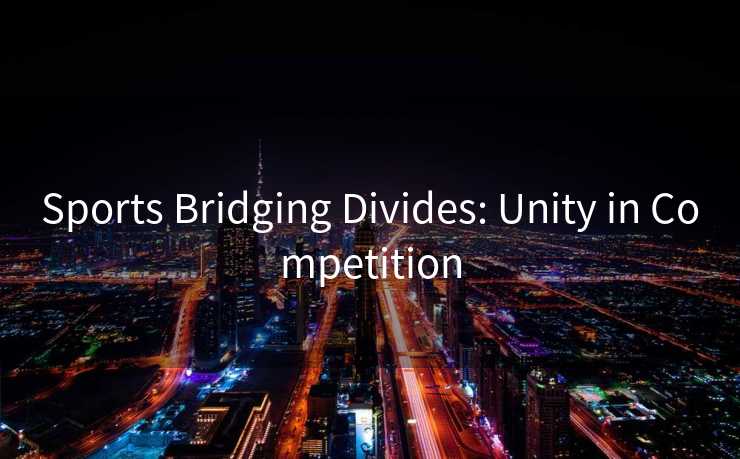
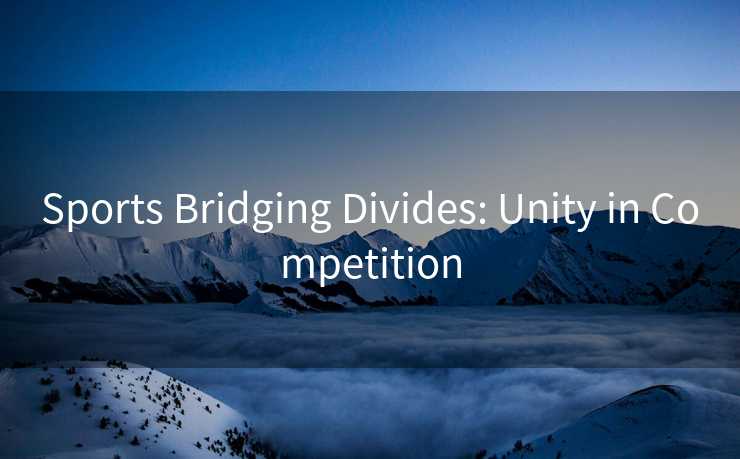
H2: Historical Roots of Sports as a Unifier
The tradition of using sports to promote peace dates back millennia. Ancient Greece’s Olympic Games, held every four years, mandated a “sacred truce” where warring city-states paused conflicts to allow athletes to compete. This practice symbolized that even rivals could set aside animosity for a common purpose. Fast-forward to the 20th century: the 1995 Rugby World Cup in South Africa became a pivotal moment in post-apartheid reconciliation. Nelson Mandela, wearing a Springboks jersey (once a symbol of white supremacy), used the tournament to unify a nation torn by racial division. These historical instances prove sports’ enduring capacity to heal societal fractures.
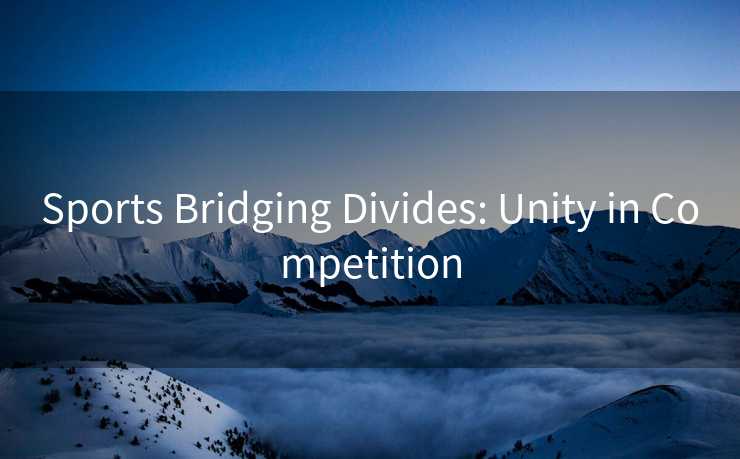
H2: Modern Examples: From Local Fields to Global Arenas
Today, sports continue to drive unity through both large-scale events and grassroots initiatives. International competitions like the FIFA World Cup or Olympics draw billions, creating shared experiences that override national tensions. For instance, during the 2022 Qatar World Cup, fans from rival nations celebrated together, exchanged jerseys, and sang anthems side by side—proof that passion for the game can override political differences.
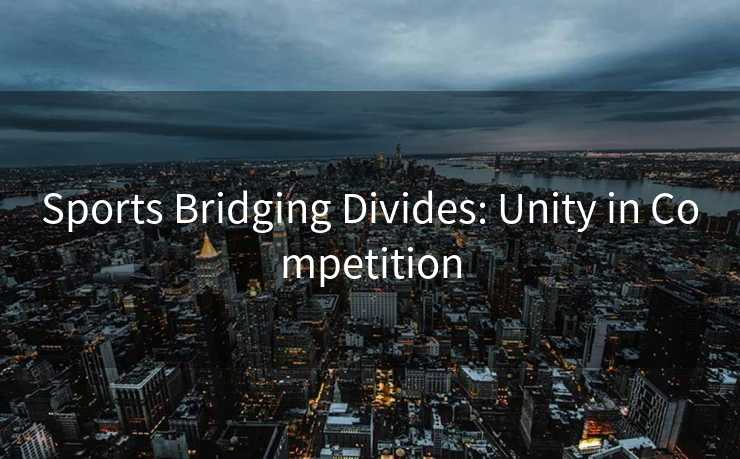
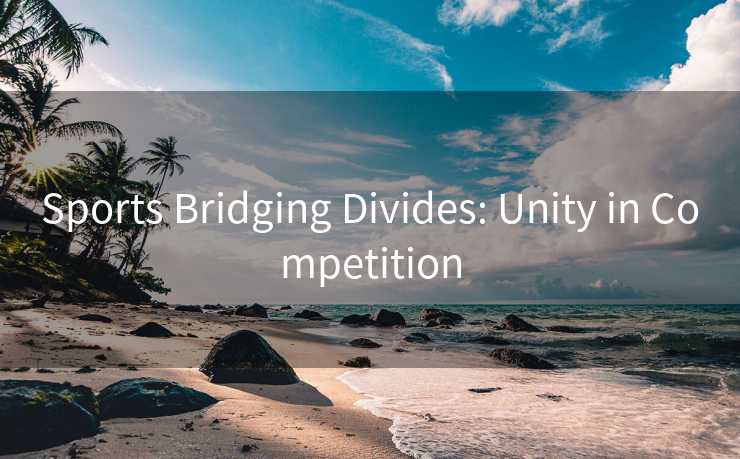
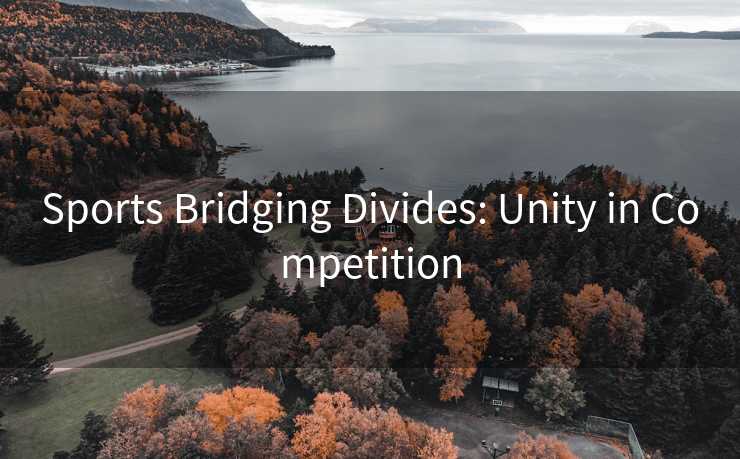
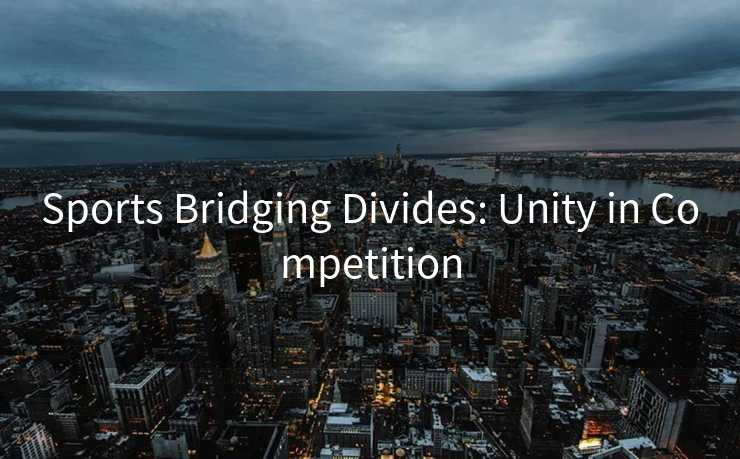
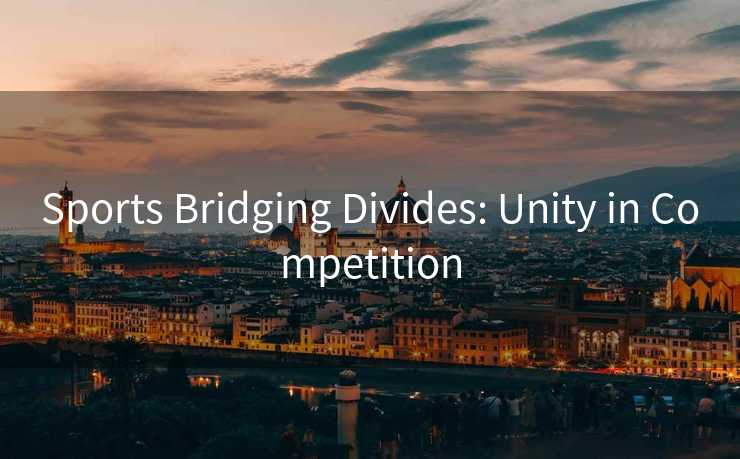
At the local level, community sports programs empower marginalized groups. In Brazil, favela soccer leagues provide at-risk youth with structure and hope, reducing gang violence while building cross-cultural friendships. Similarly, the NBA’s “ Basketball Without Borders” initiative brings together young players from conflict zones, teaching teamwork and empathy. These examples show how sports create inclusive spaces where diversity is celebrated, not feared.
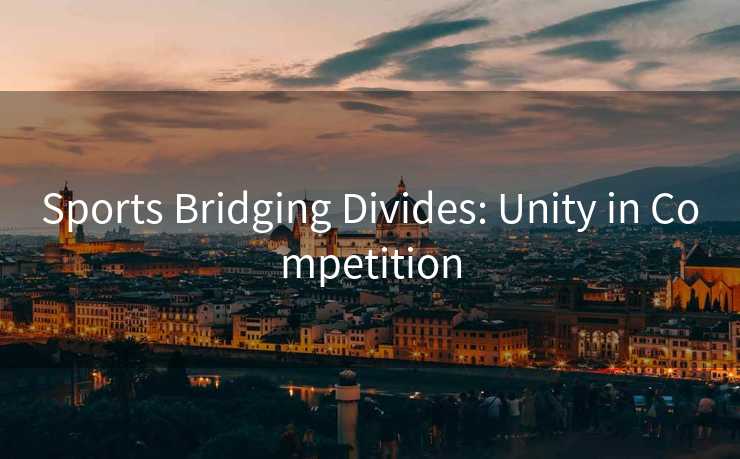
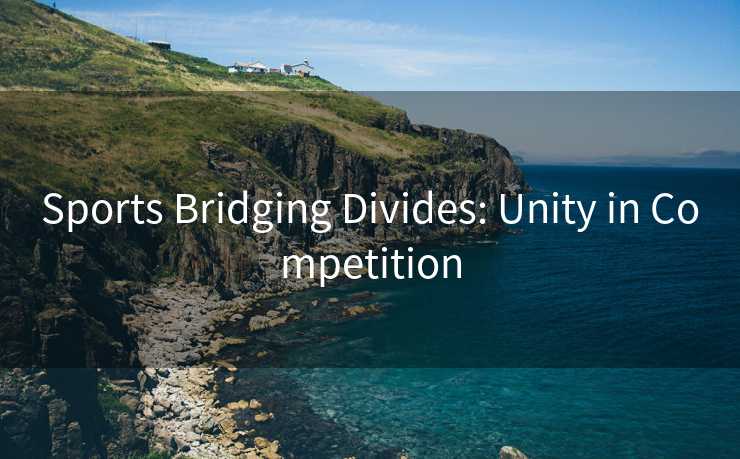
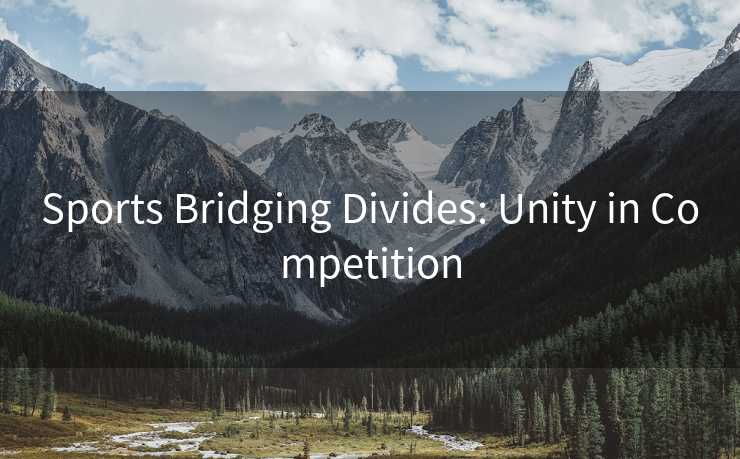
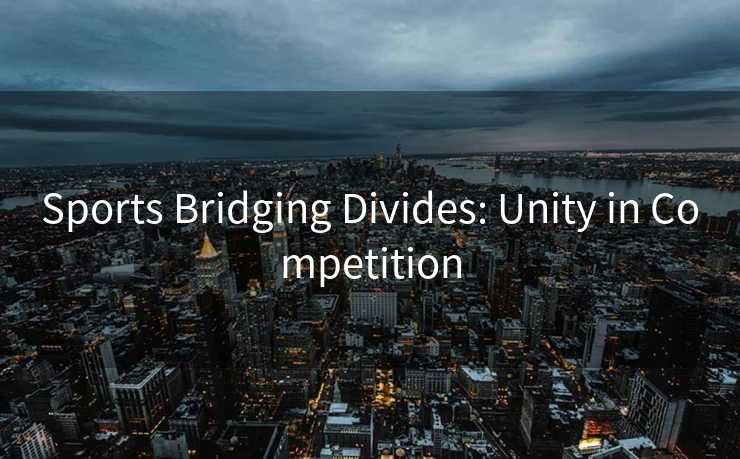
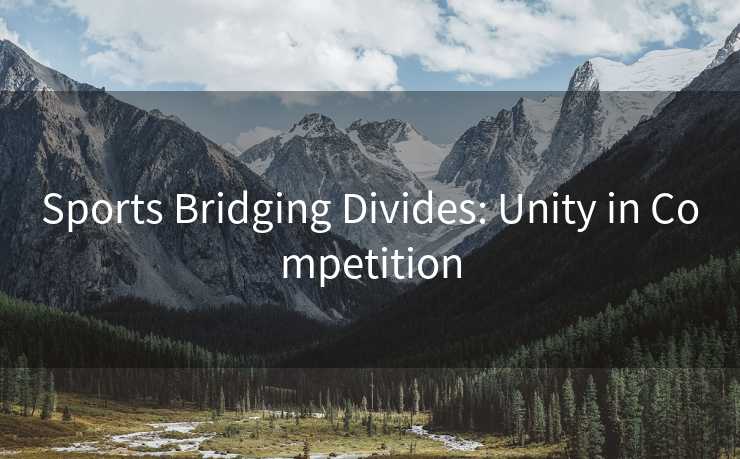
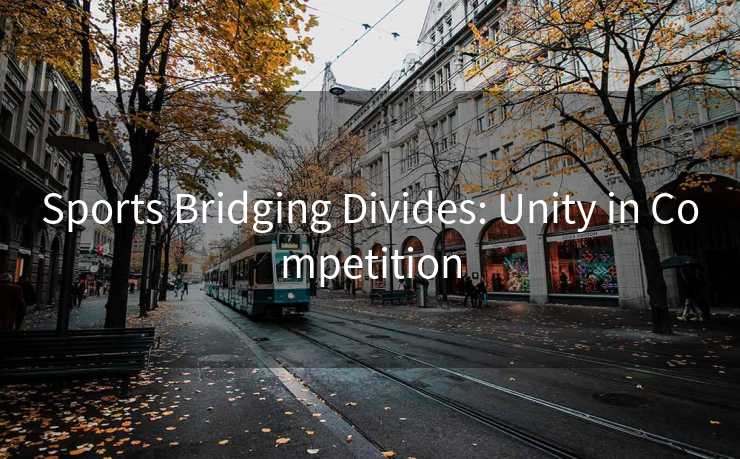
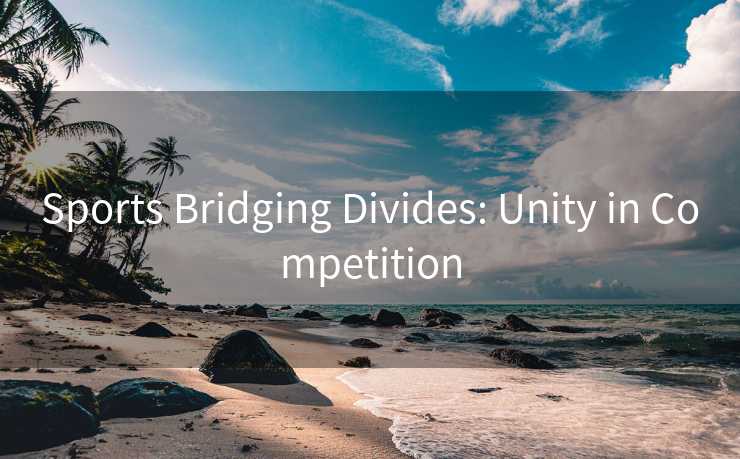
H2: Social Impact: Beyond the Game
Sports’ unifying power extends beyond the field. Studies show that team sports reduce prejudice by fostering intergroup contact—when people work toward a common goal, stereotypes dissolve. For example, wheelchair basketball leagues in the U.S. challenge ableism by highlighting athletes’ skills over disabilities. Additionally, sports serve as a platform for advocacy: Colin Kaepernick’s kneeling protest sparked global conversations about racial justice, while LGBTQ+ athletes like Megan Rapinoe use their visibility to promote equality. By normalizing collaboration, sports teach society that unity is stronger than division.
H2: Challenges and Future Directions
While sports excel at bridging gaps, they are not immune to controversy. Commercialization can prioritize profit over inclusivity, and political interference (e.g., boycotts or doping scandals) sometimes undermines their unifying mission. However, the future holds promise: technology like virtual reality allows fans worldwide to experience games together, while organizations like the IOC increasingly emphasize diversity and sustainability. To maximize sports’ reconciliatory potential, stakeholders must prioritize accessibility, equity, and community engagement.
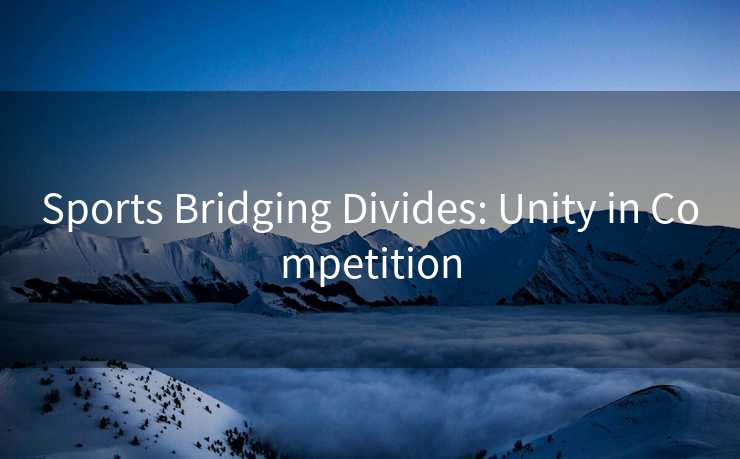
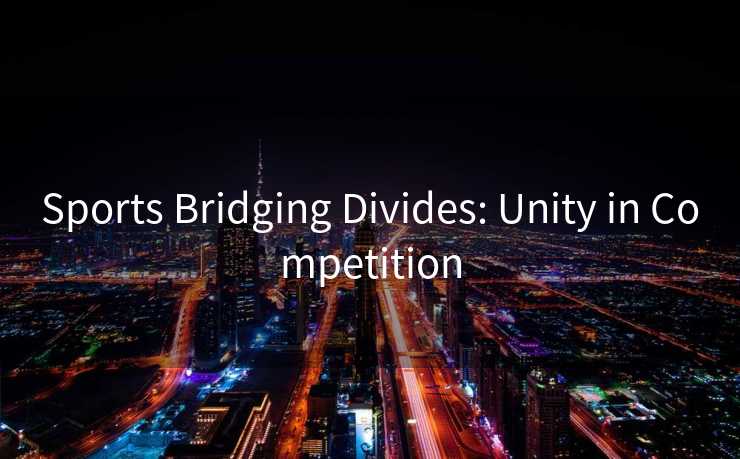
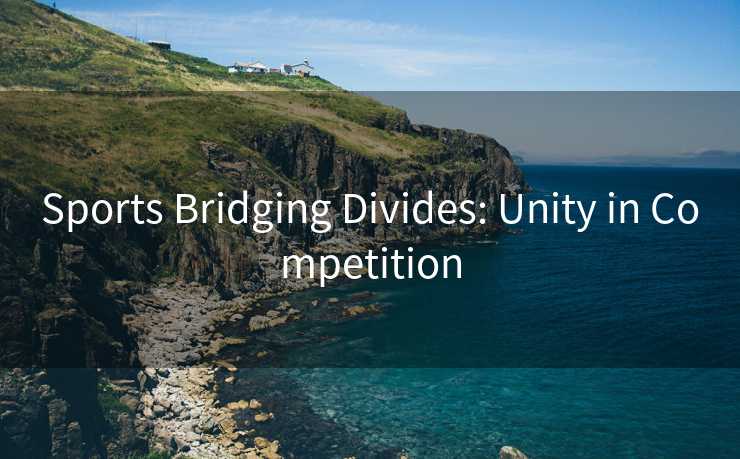
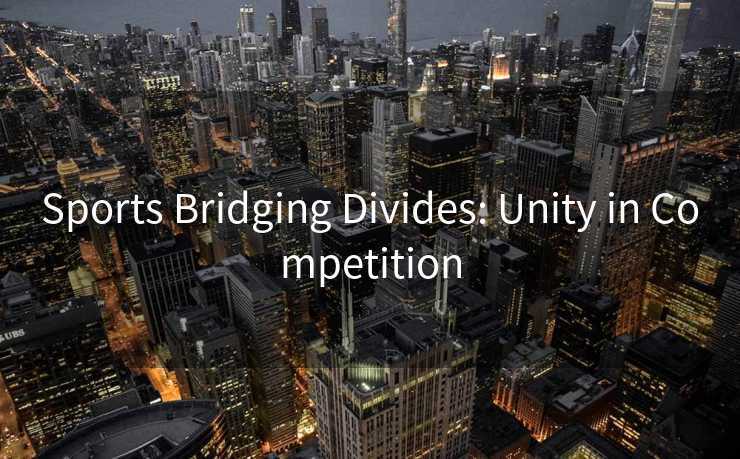
In conclusion, sports are more than entertainment—they are a testament to humanity’s capacity for connection. From ancient truces to modern tournaments, athletics remind us that shared passion can overcome even the deepest divides. As we navigate an increasingly fragmented world, investing in sports’ unifying power may be our most effective tool for building a more inclusive future.
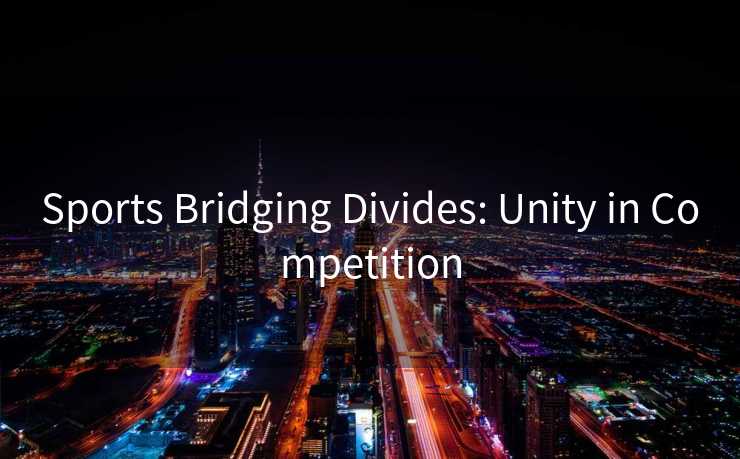
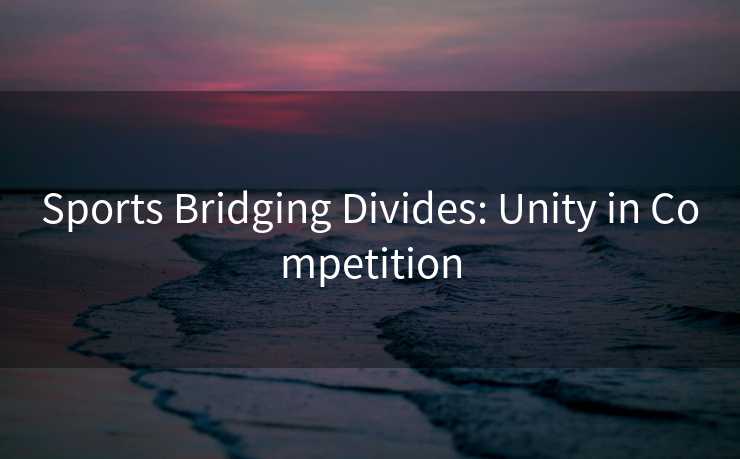
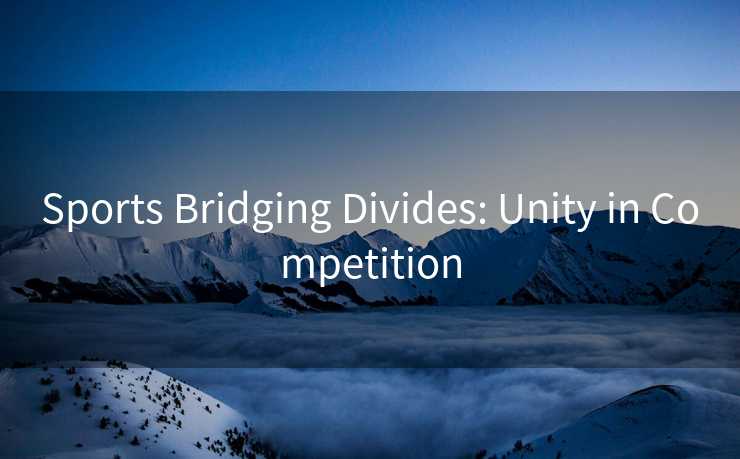
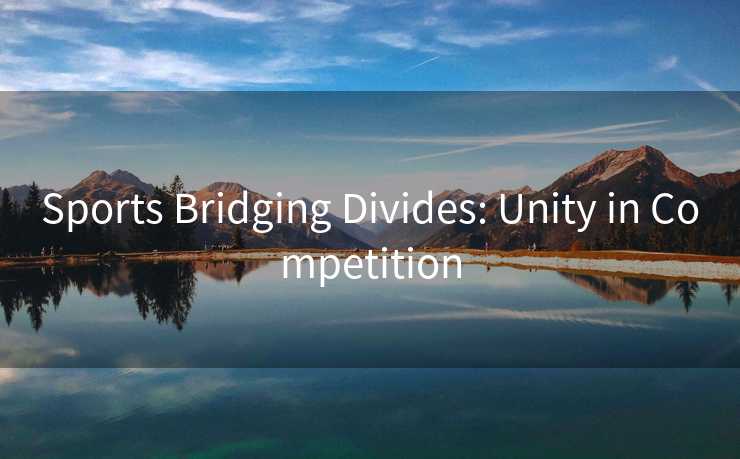
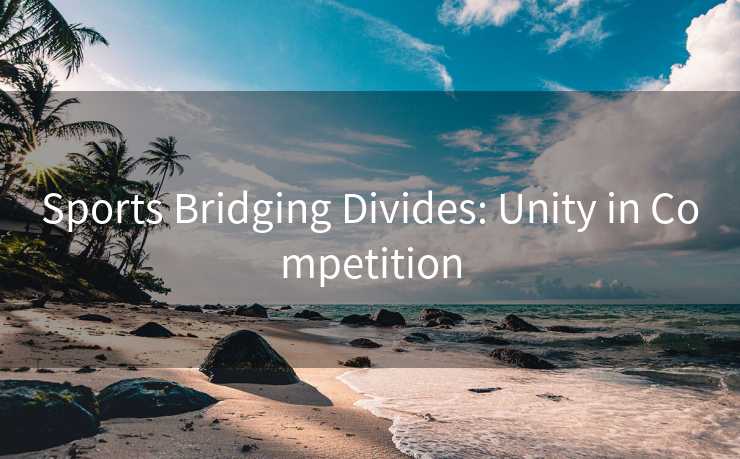
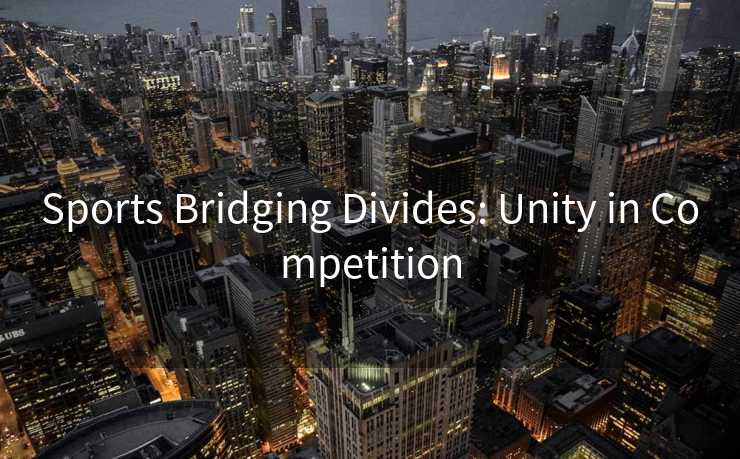
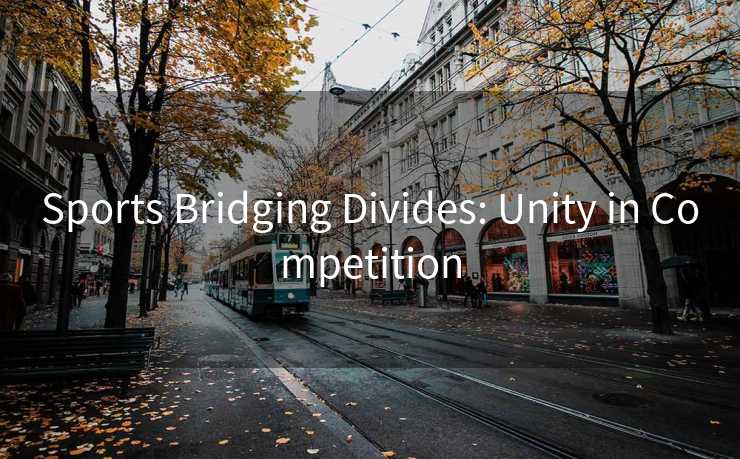
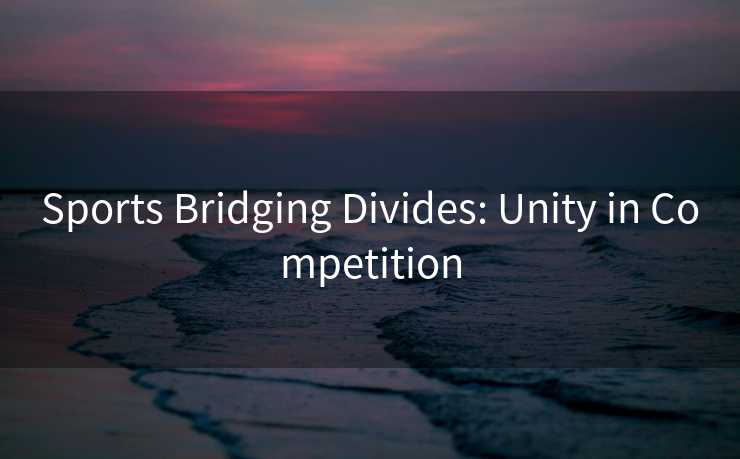
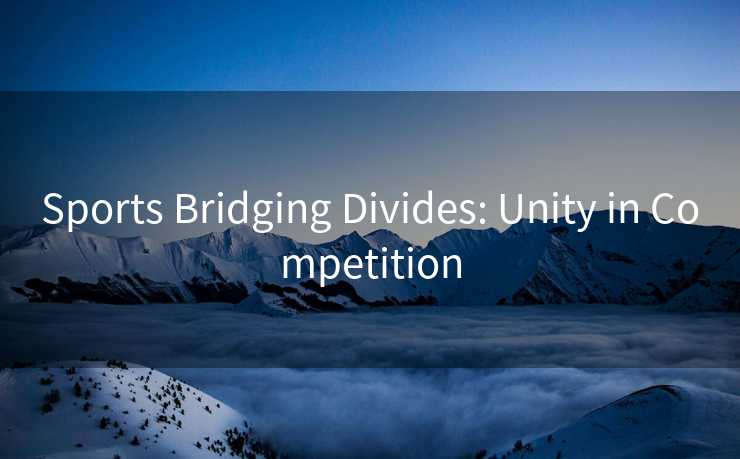
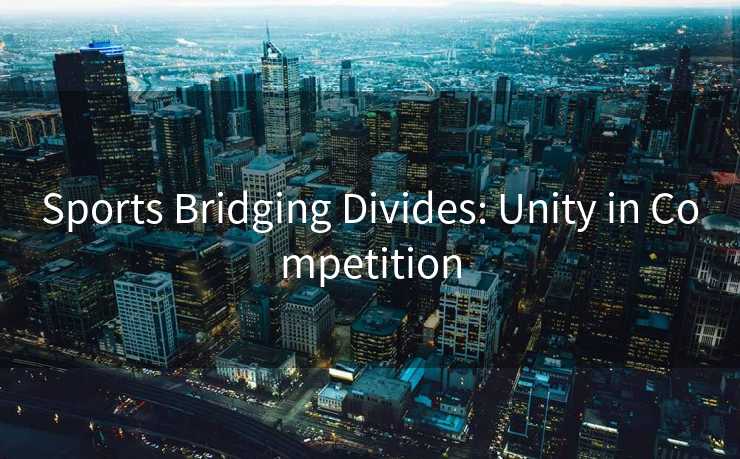
Image Suggestions:
- Ancient Olympia ruins (historical context).
- Nelson Mandela and the Springboks team (symbolic unity).
- Diverse fans celebrating at a World Cup match (modern inclusion).
- A community soccer field in a favela (grassroots impact).
This structured approach ensures SEO optimization through keyword integration (“sports unity,” “bridging divides,” “athletic community”) while maintaining engaging, informative content.
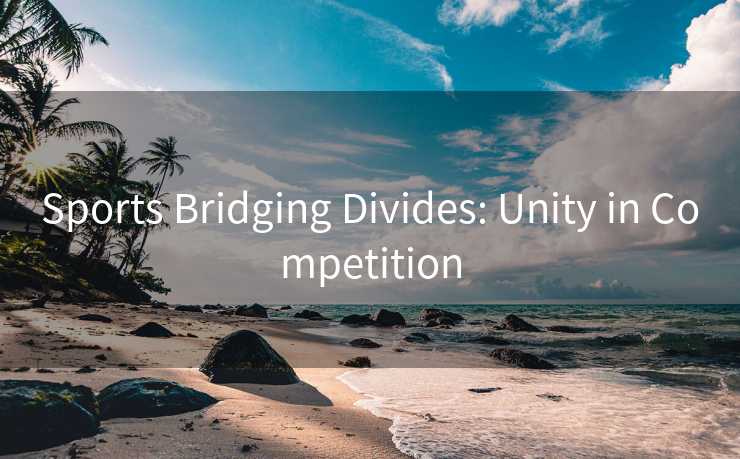
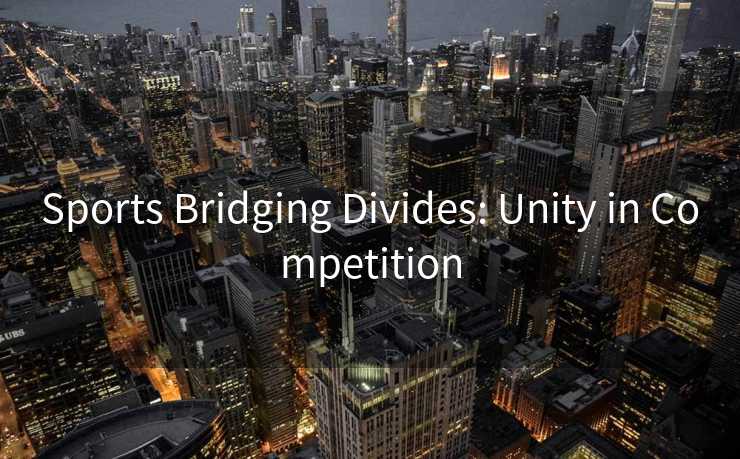
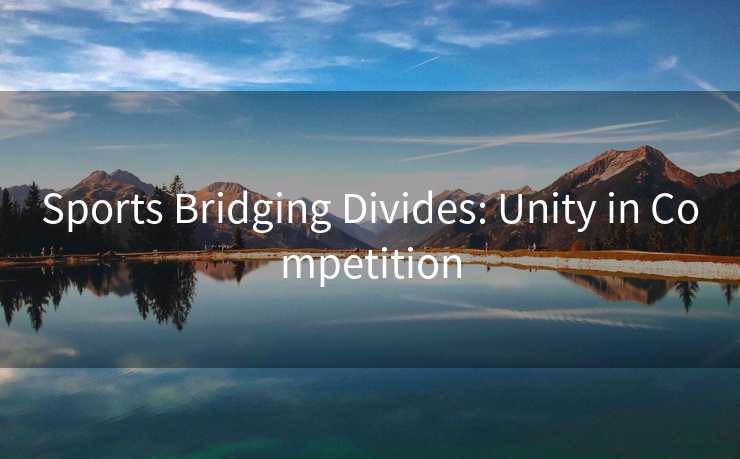


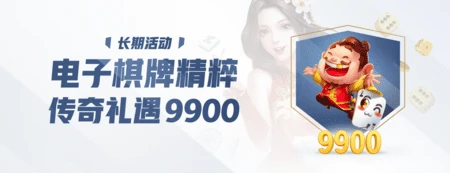


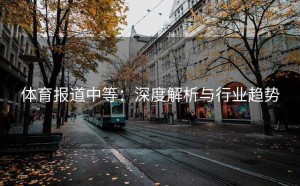
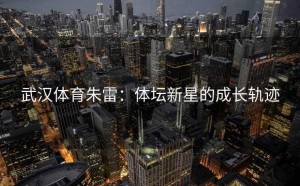

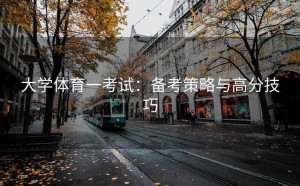
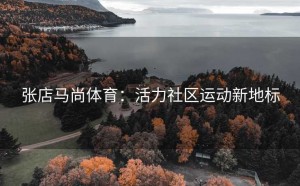

网友评论